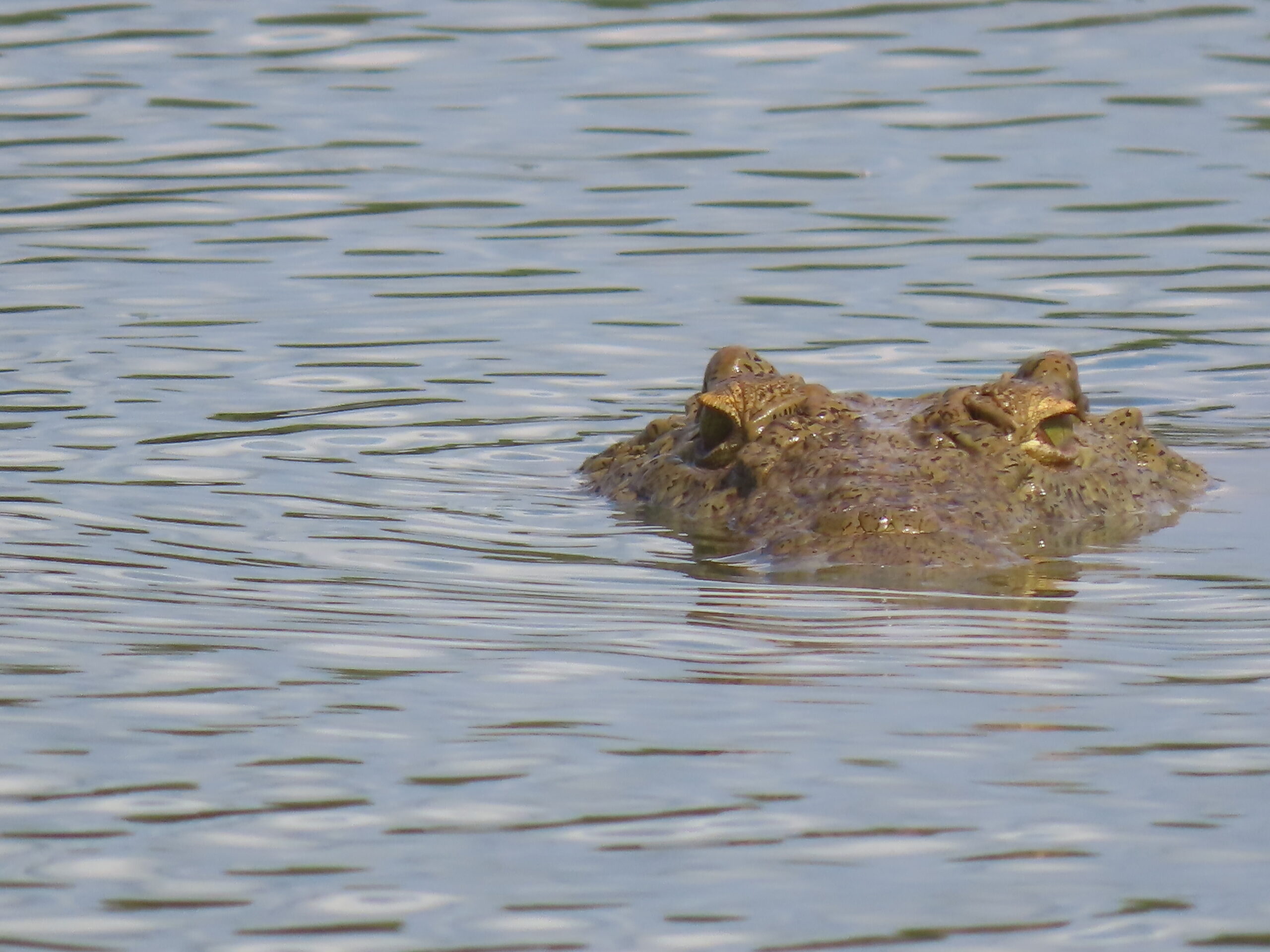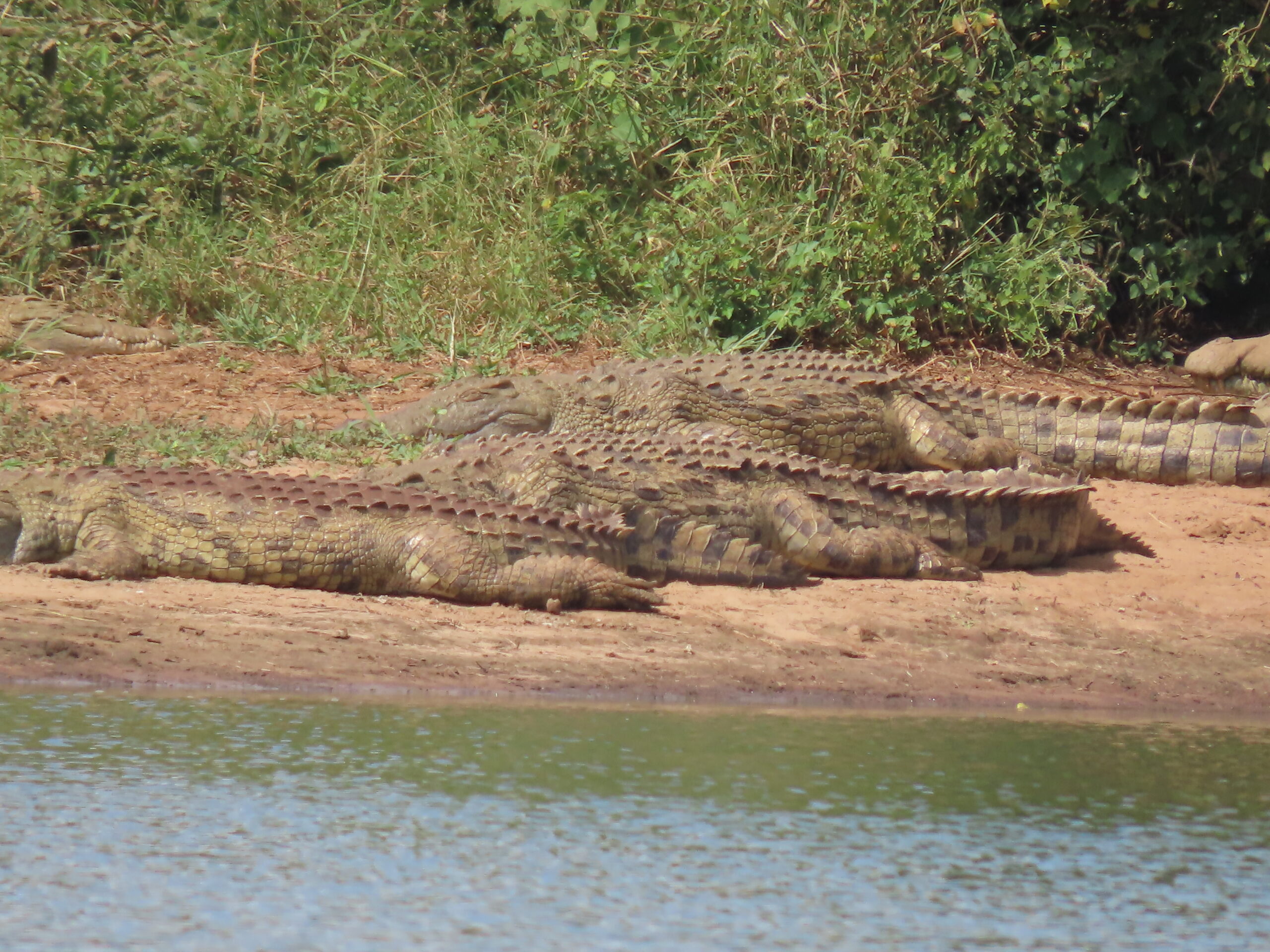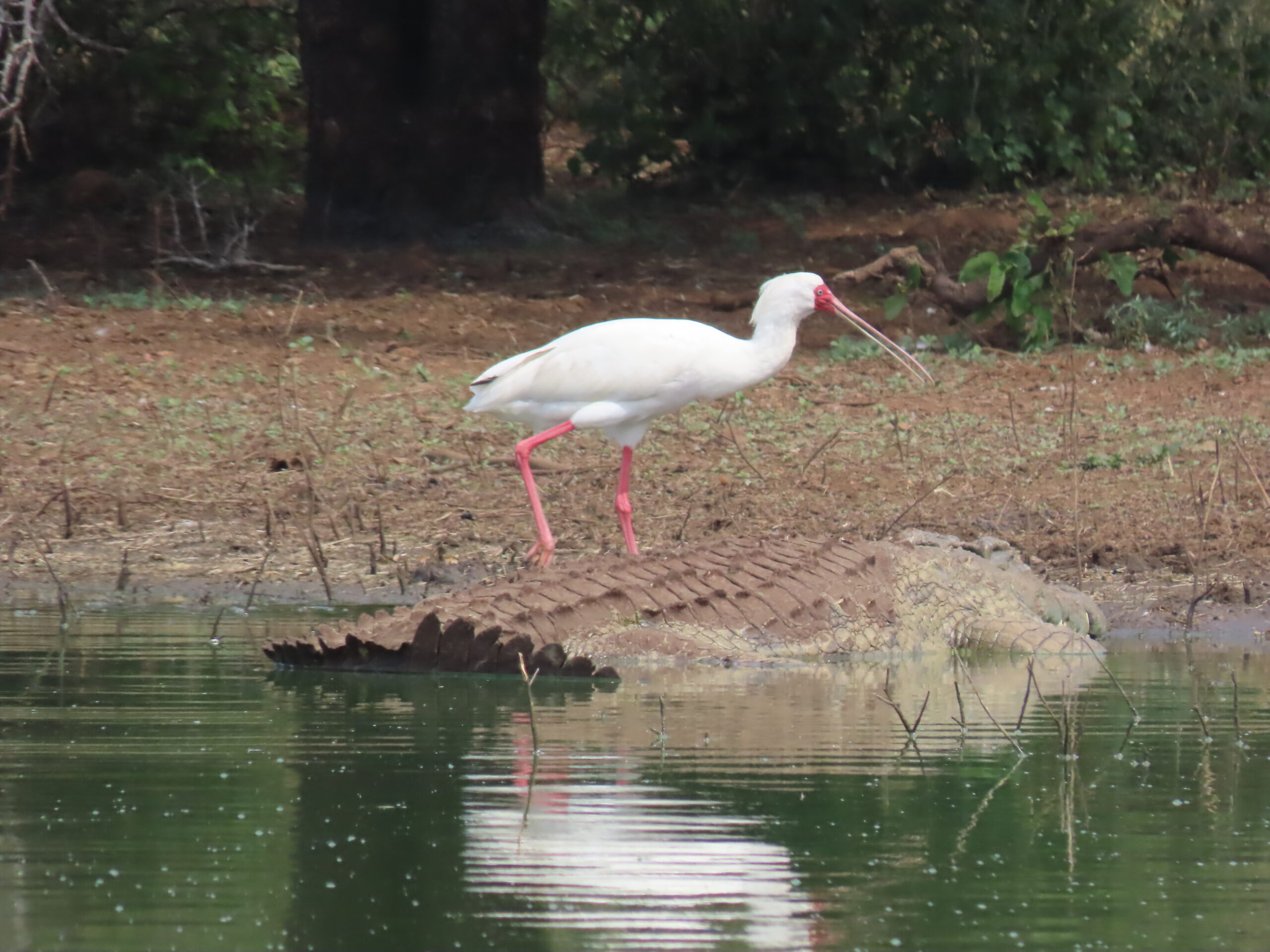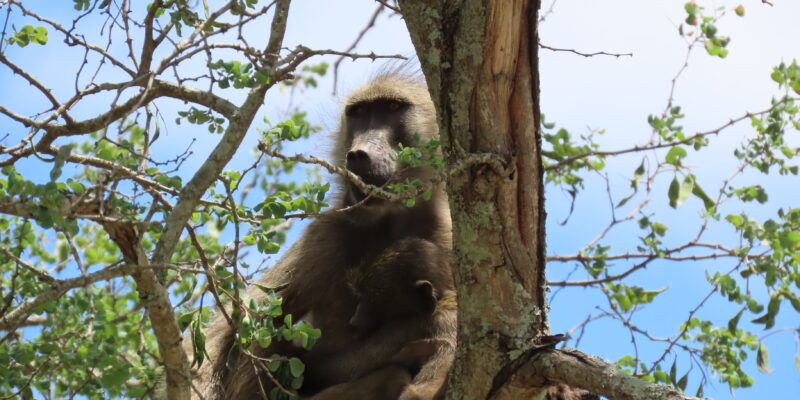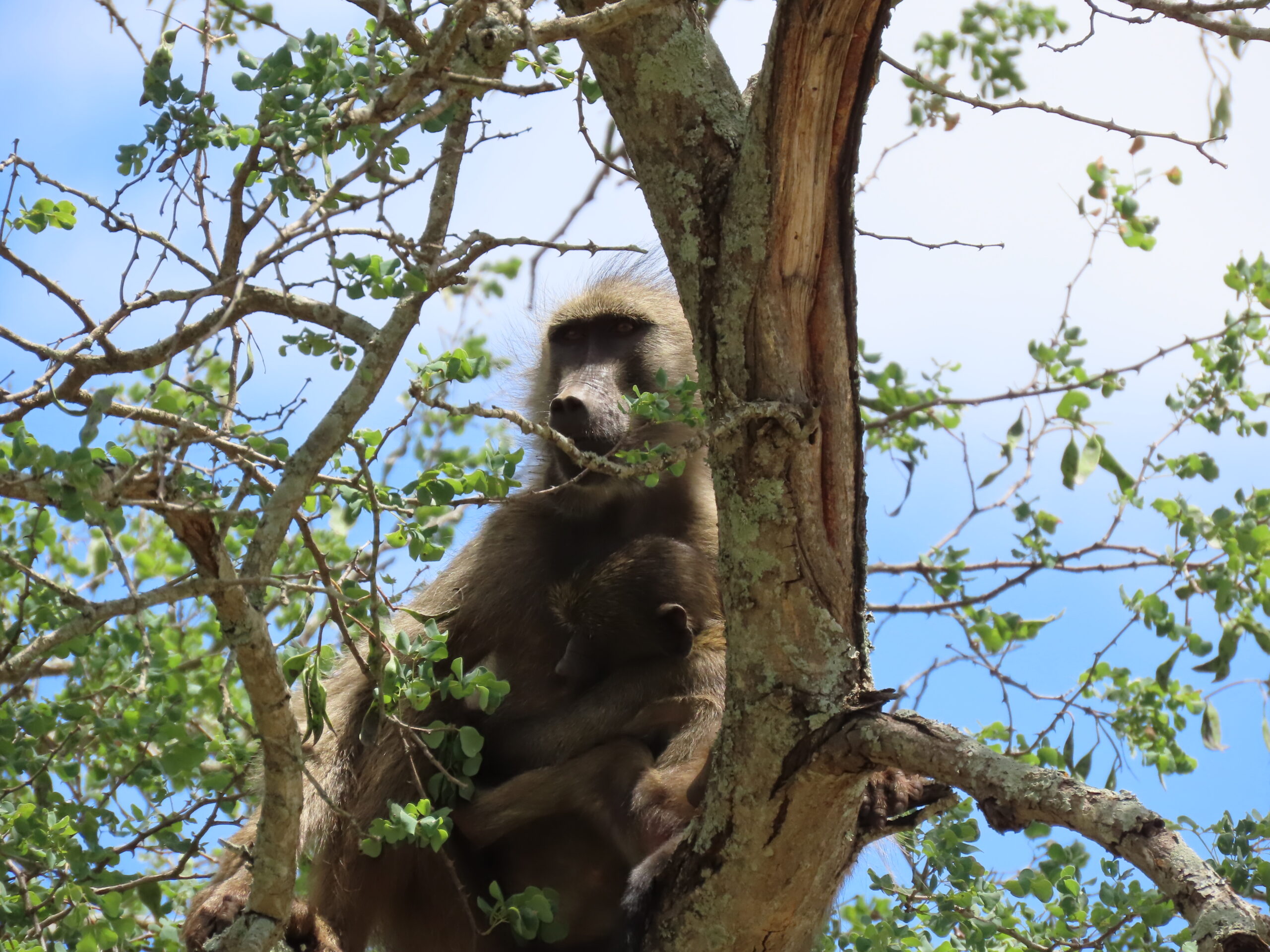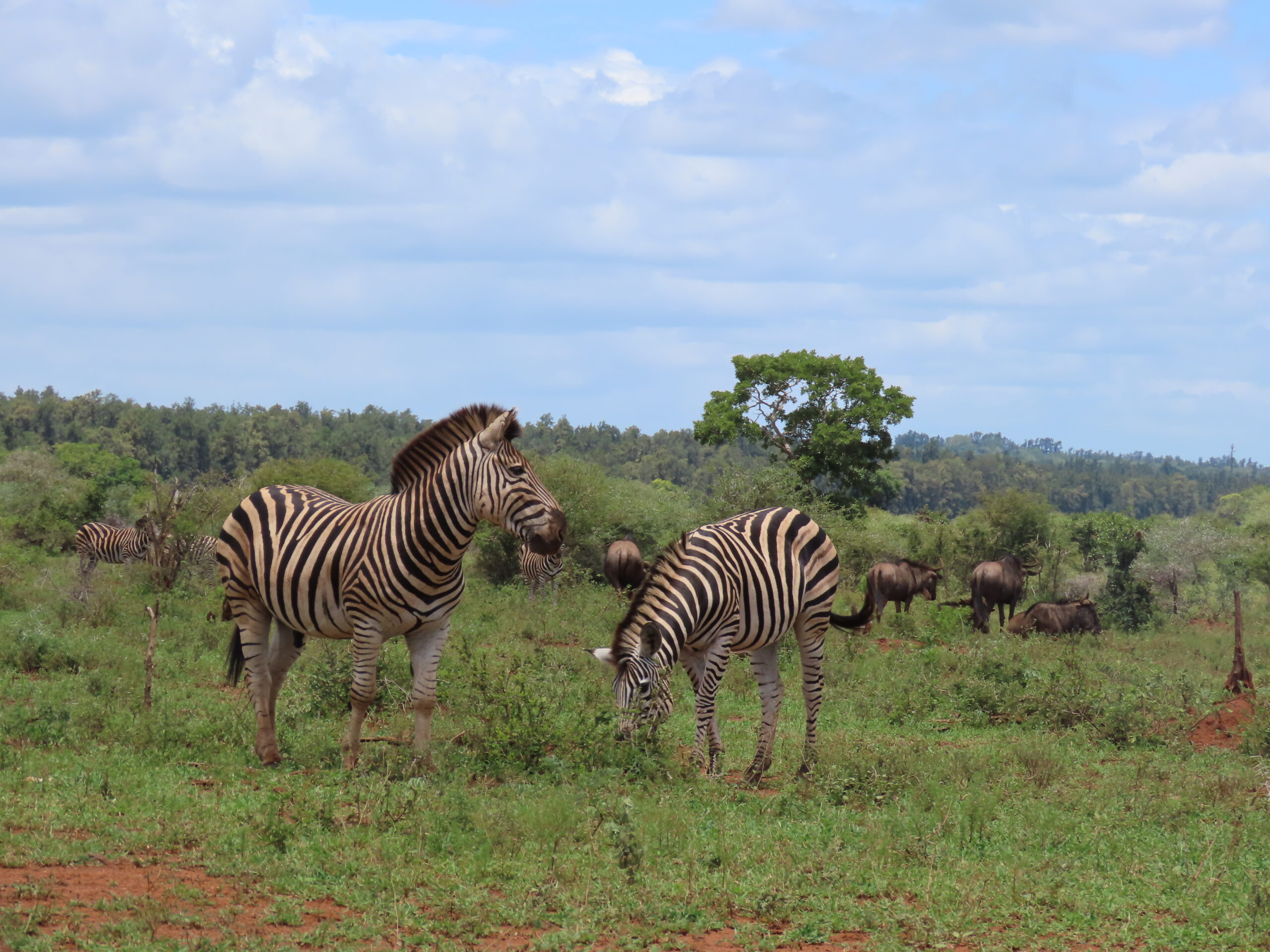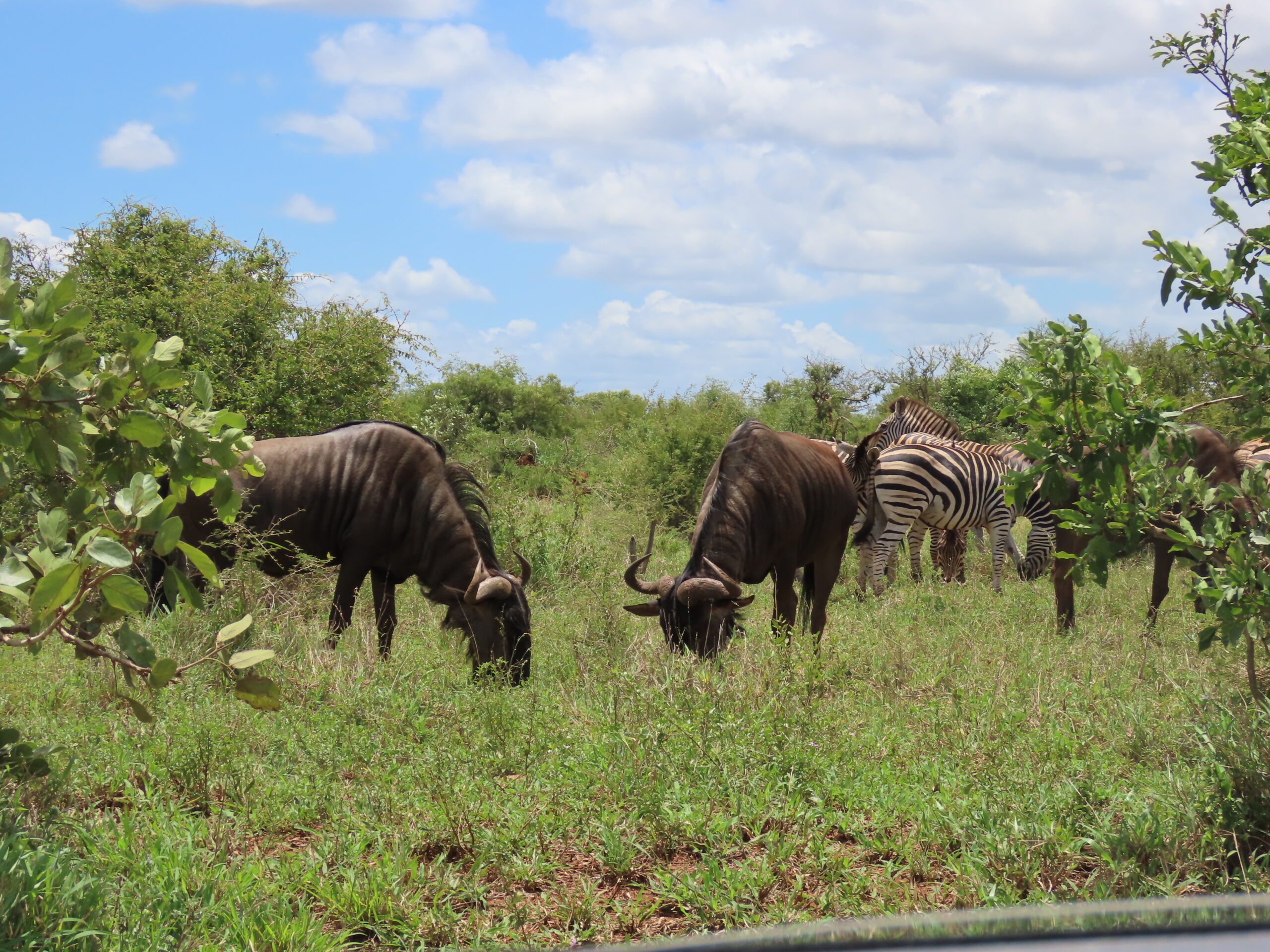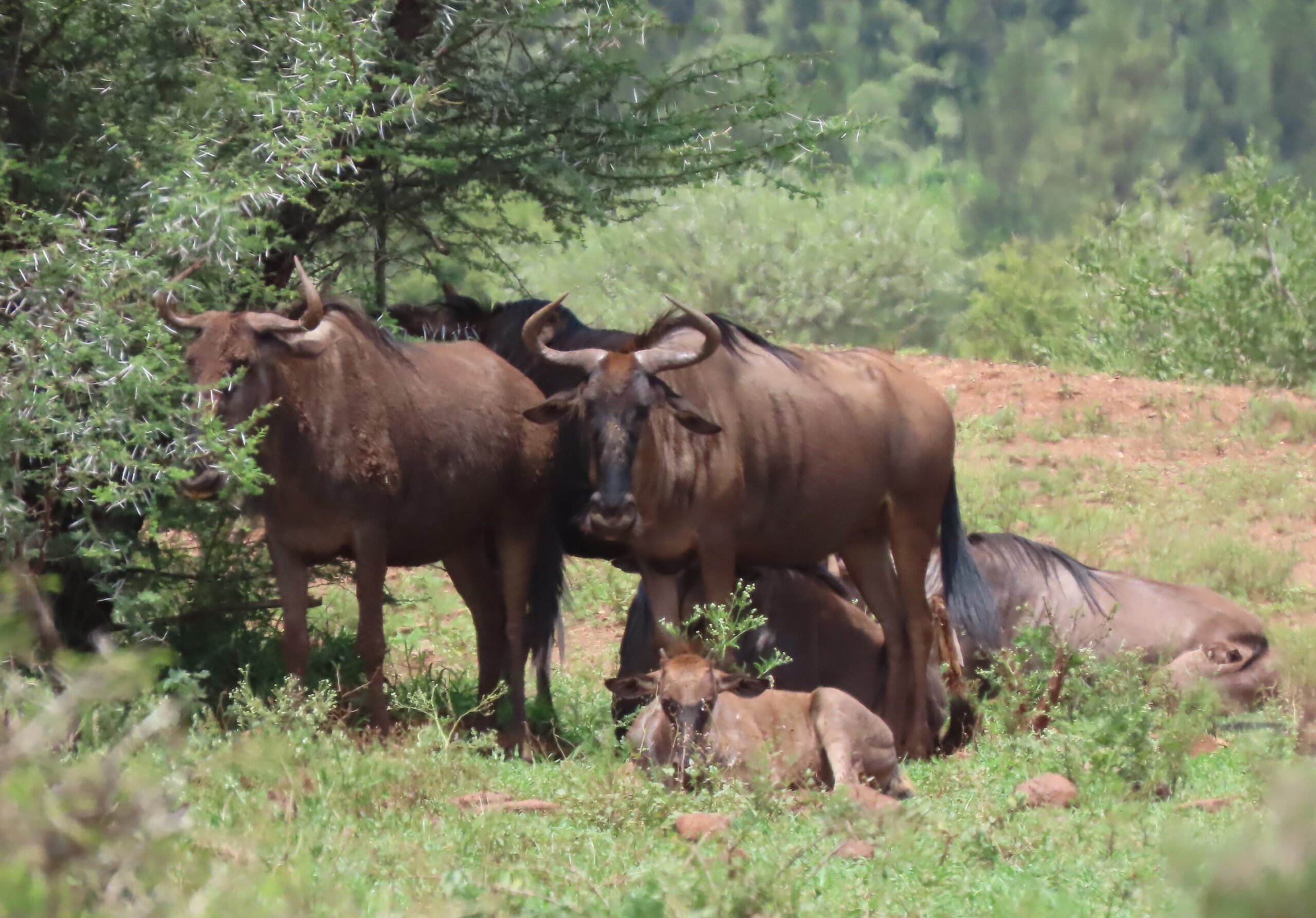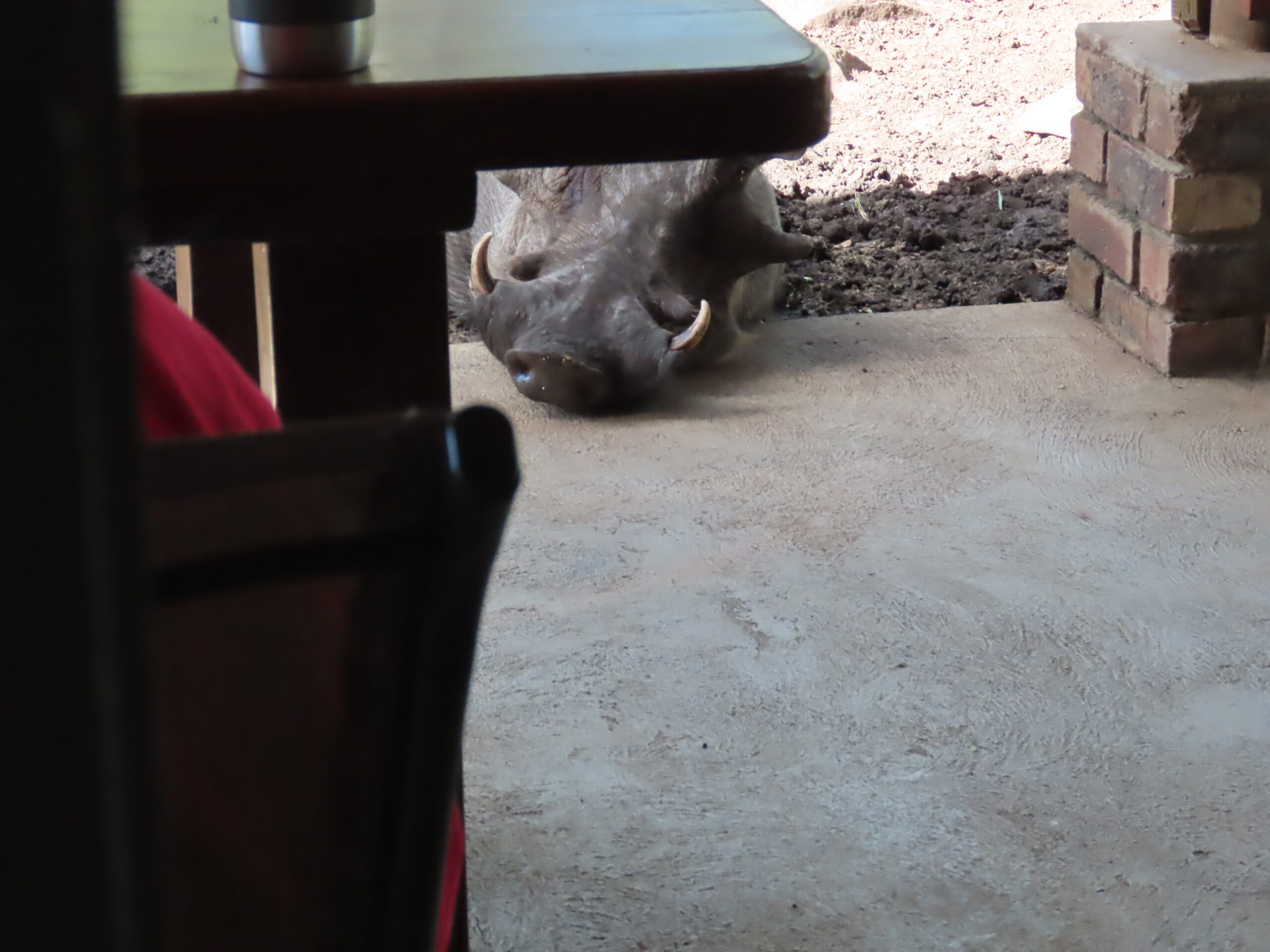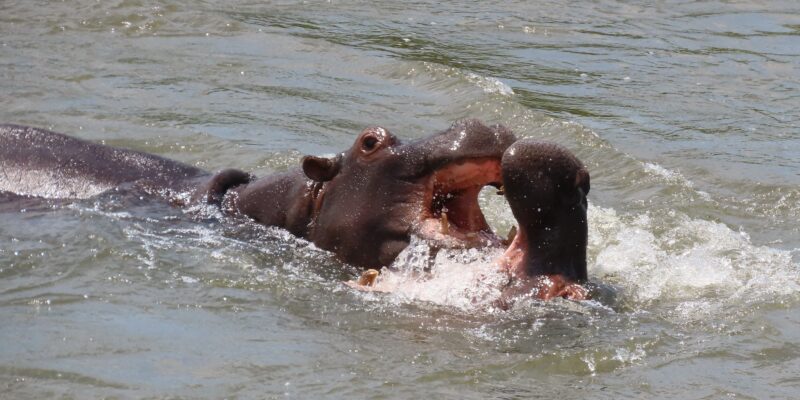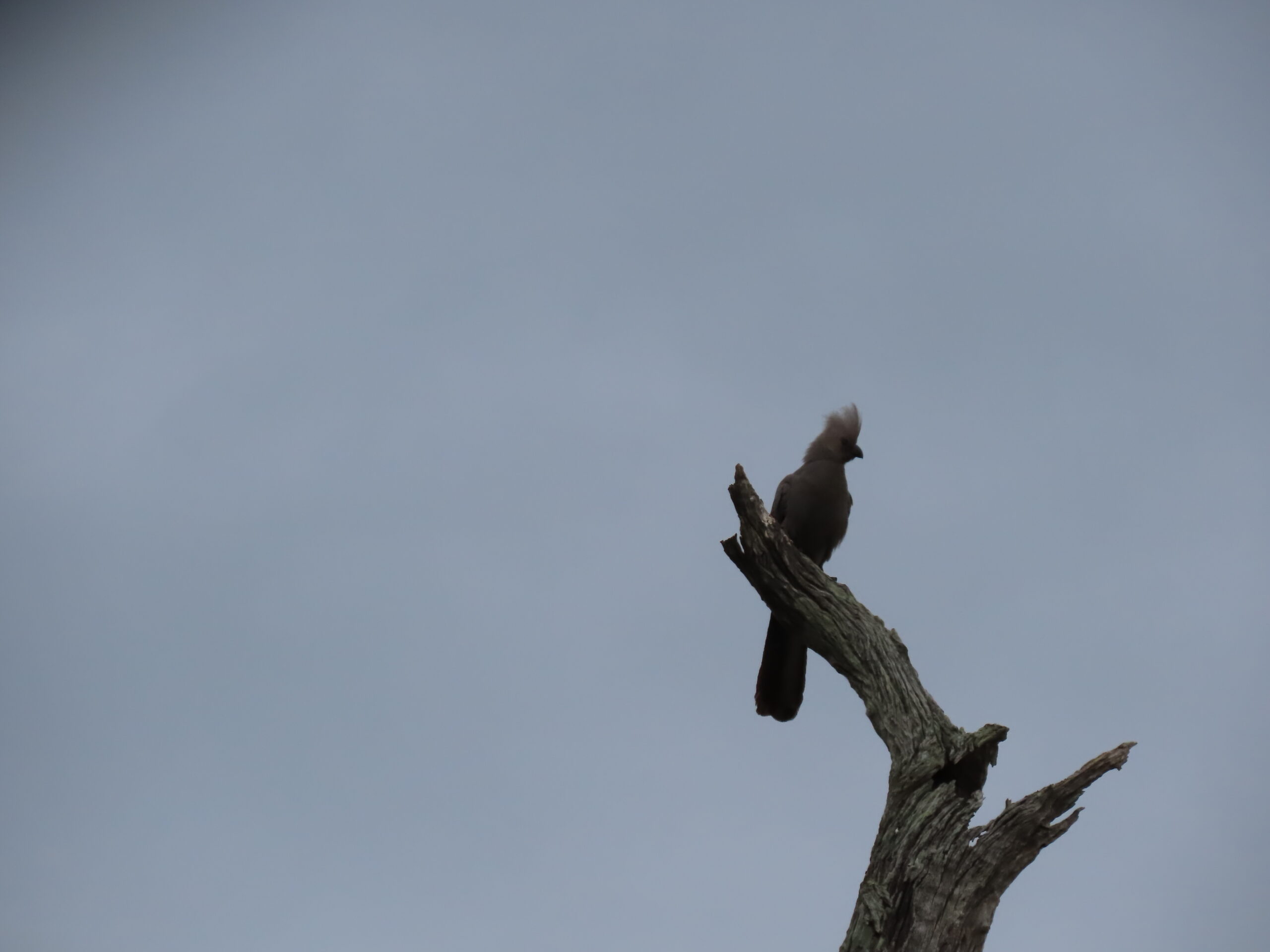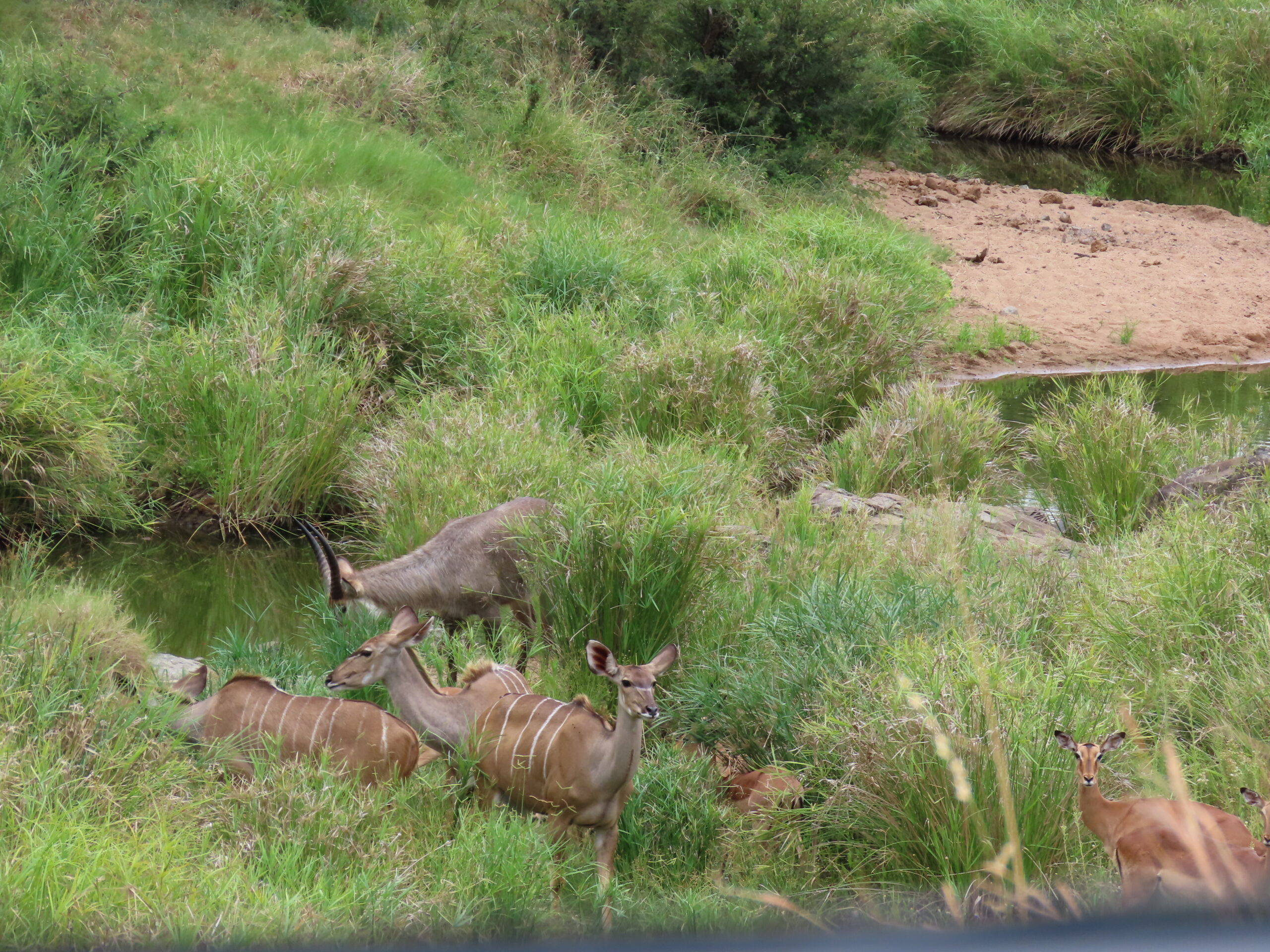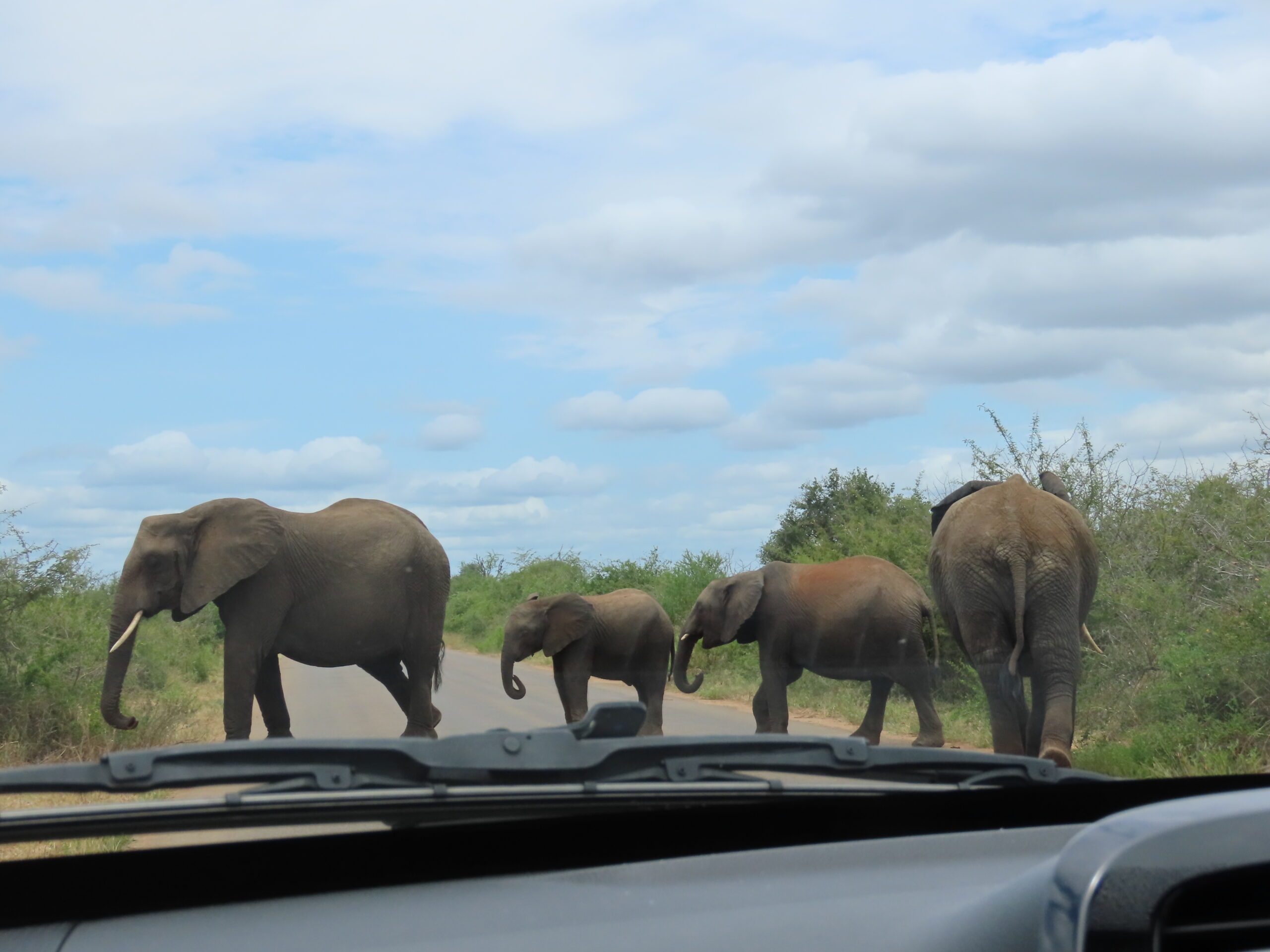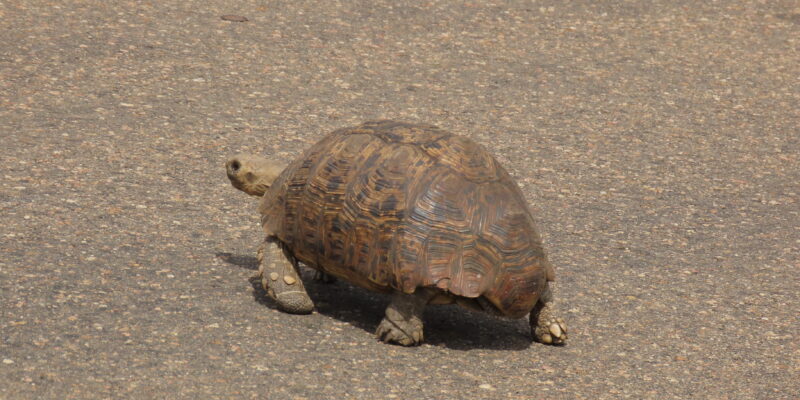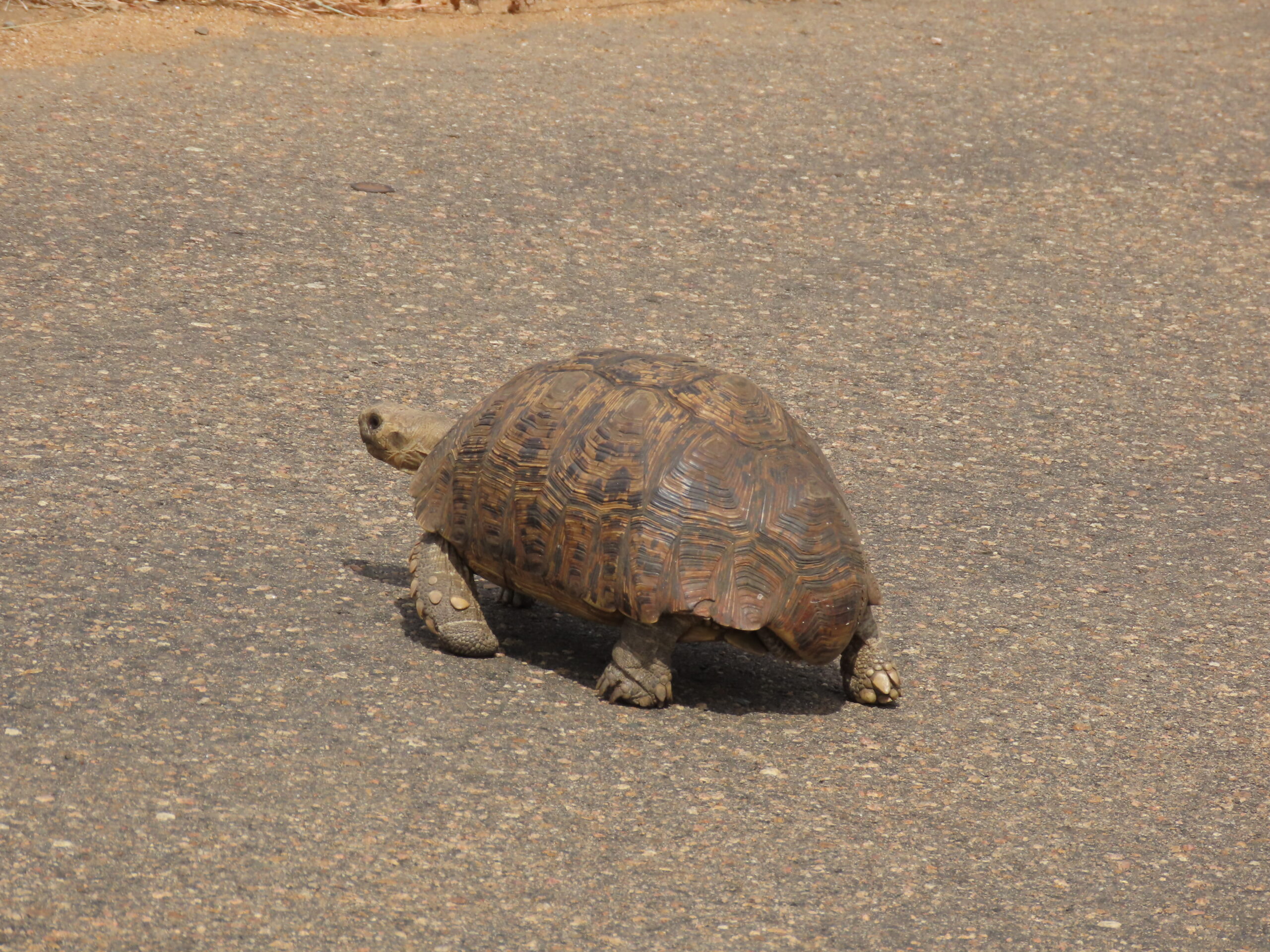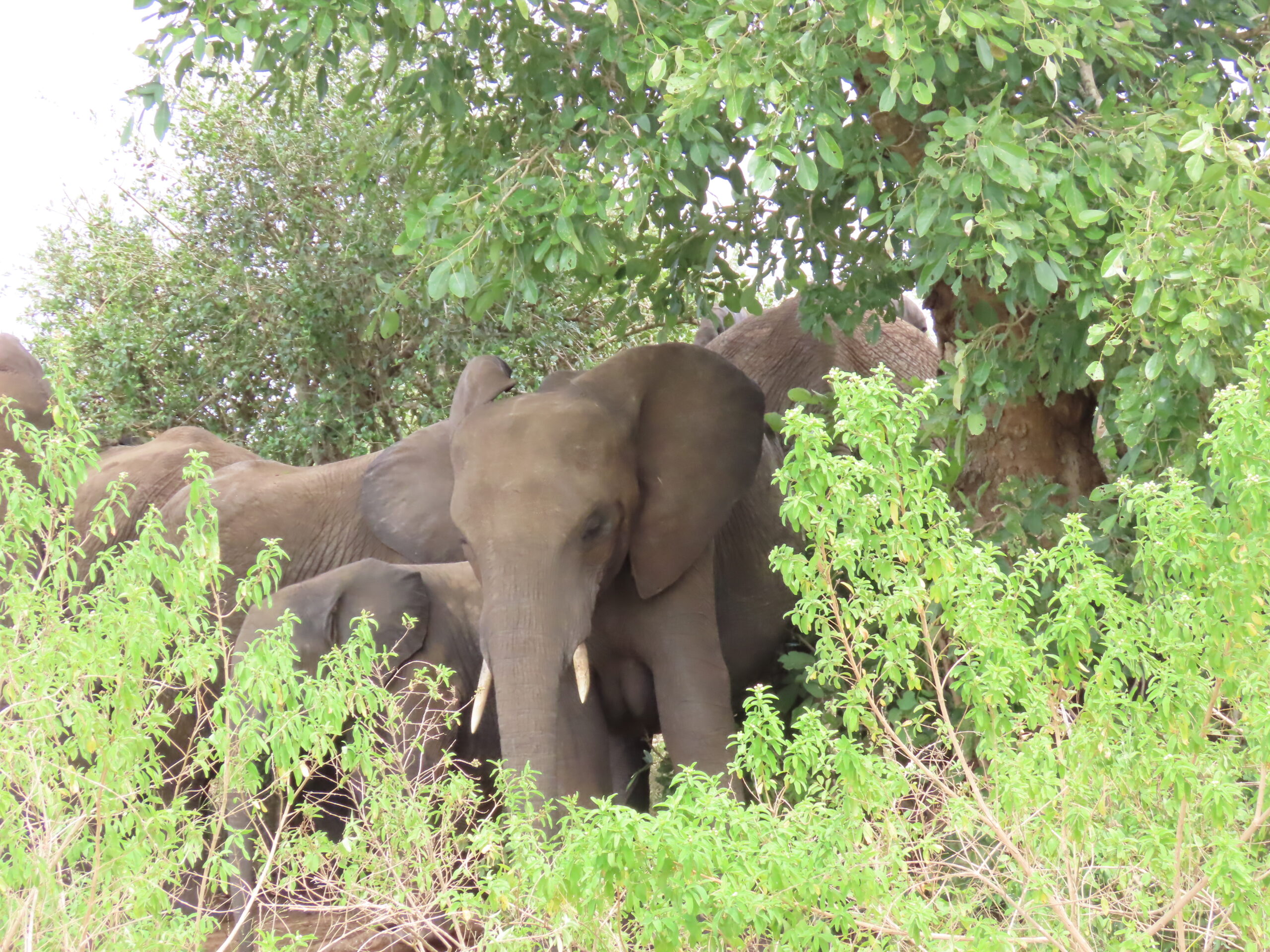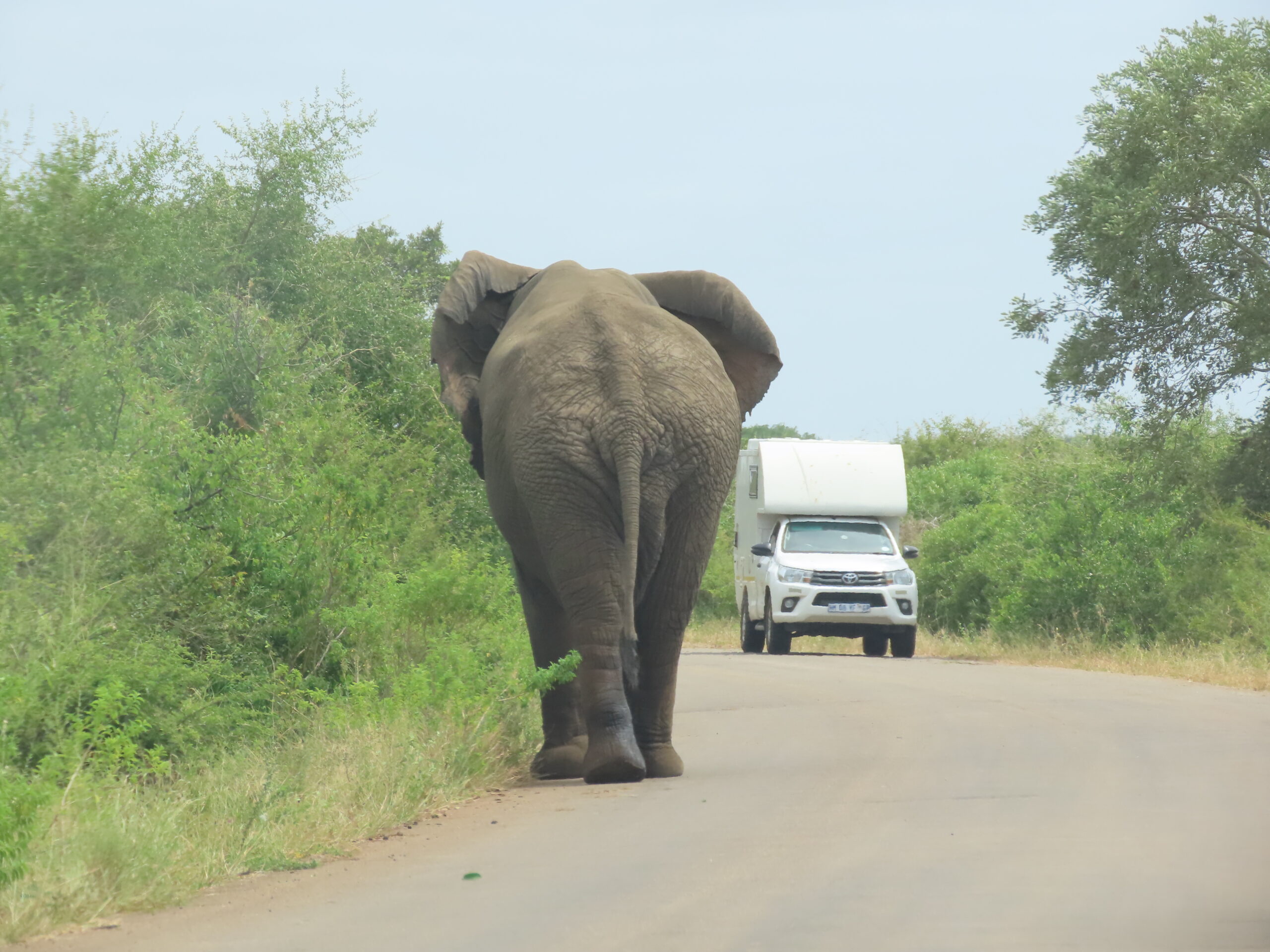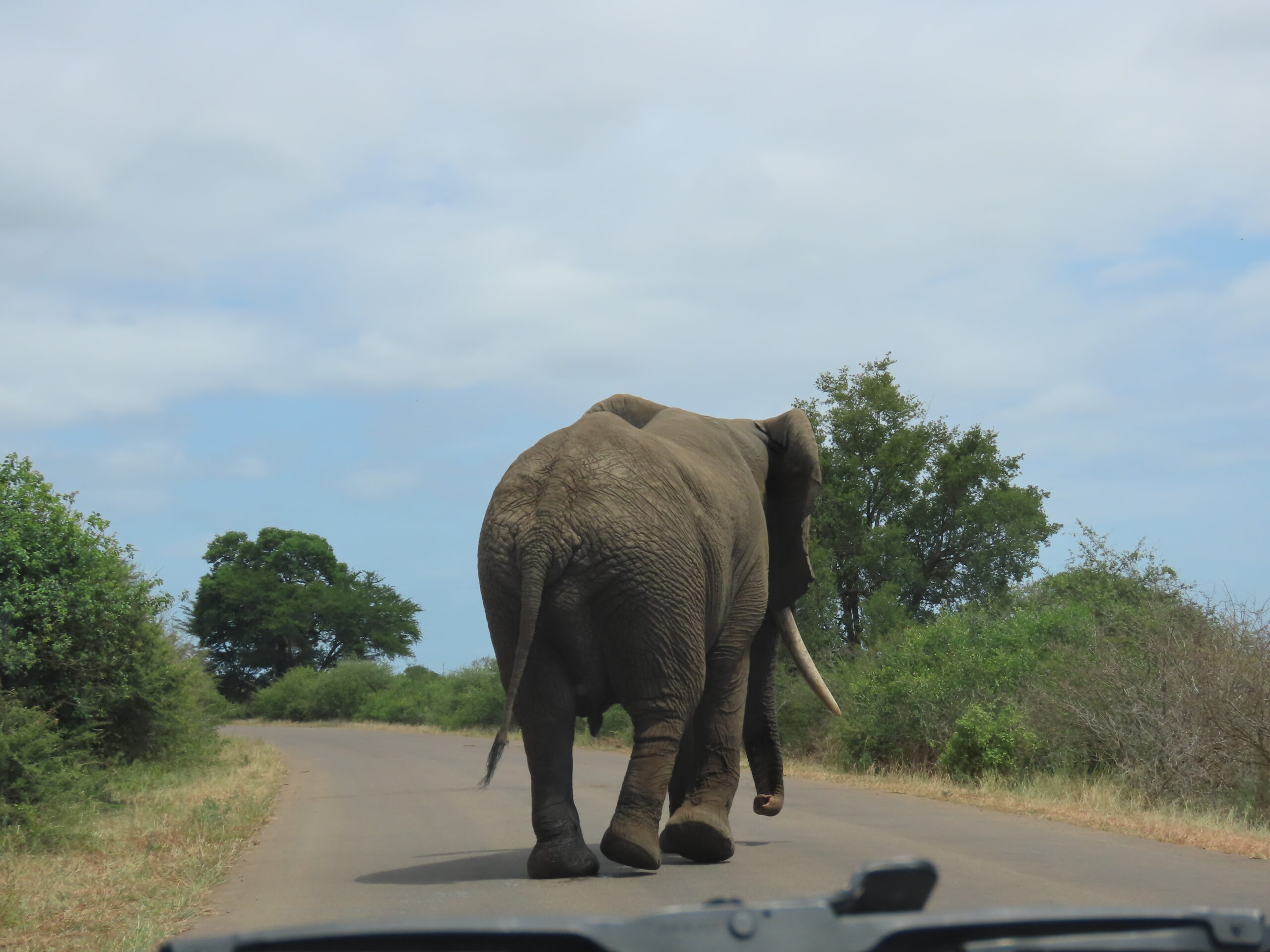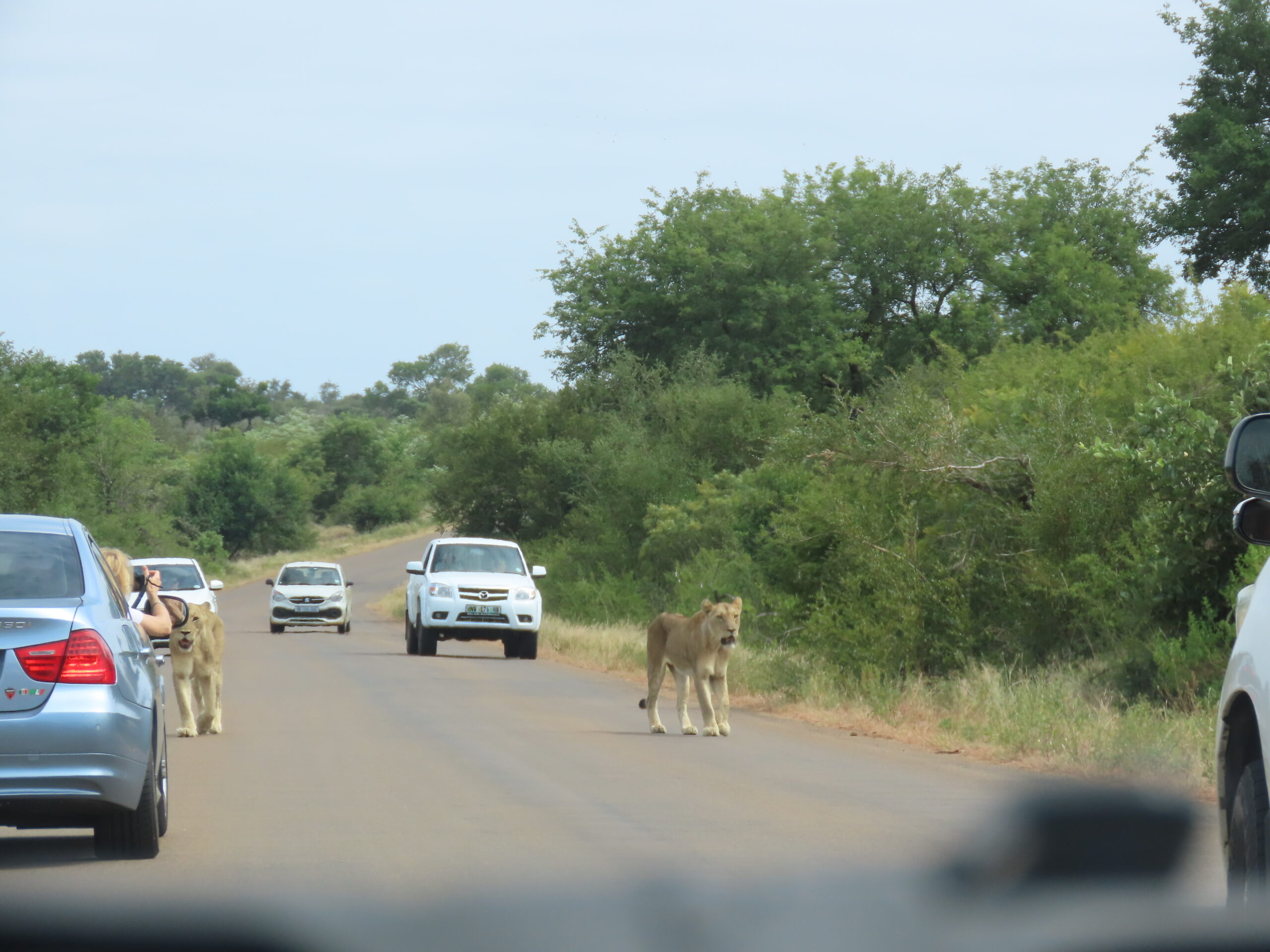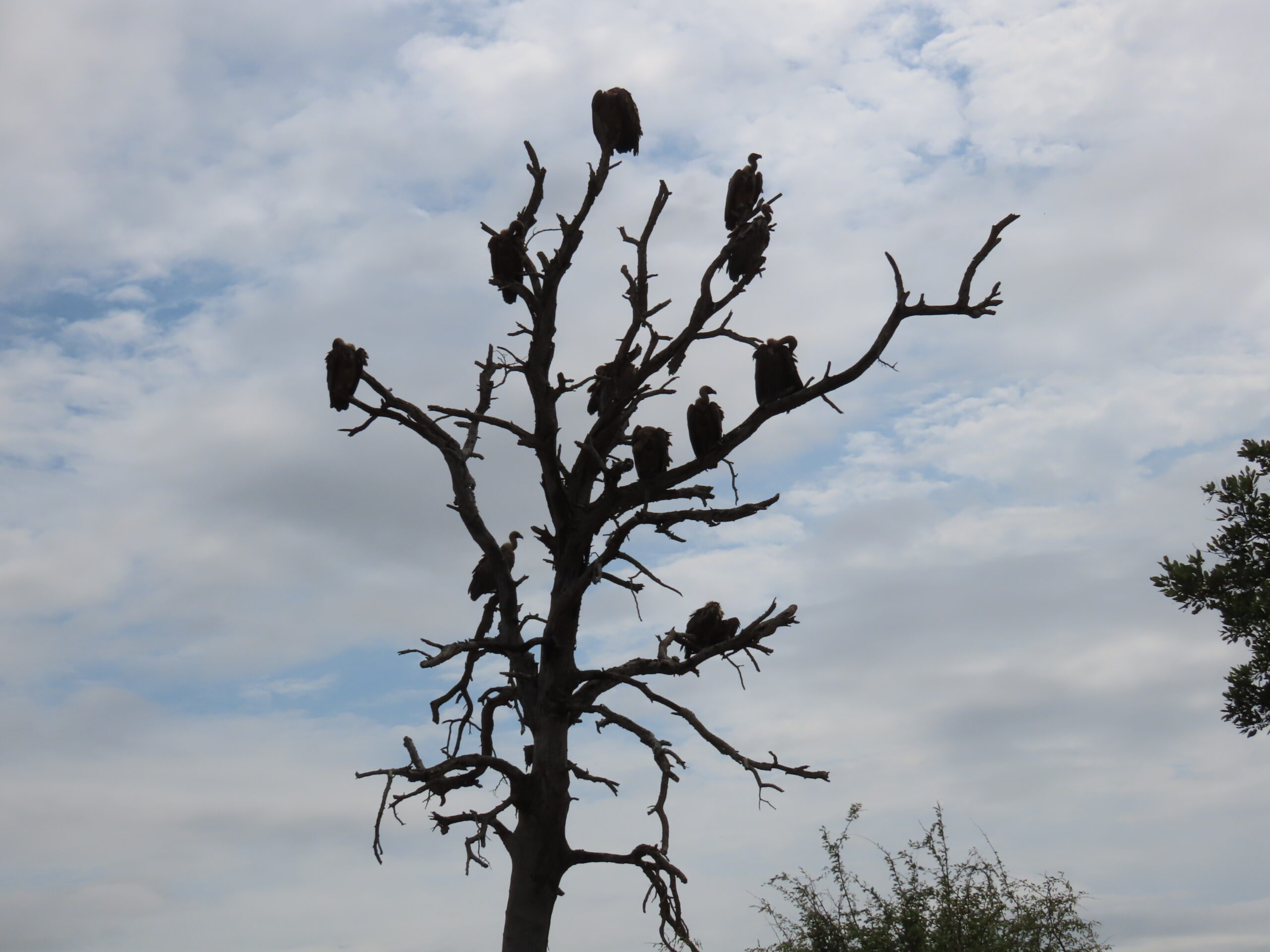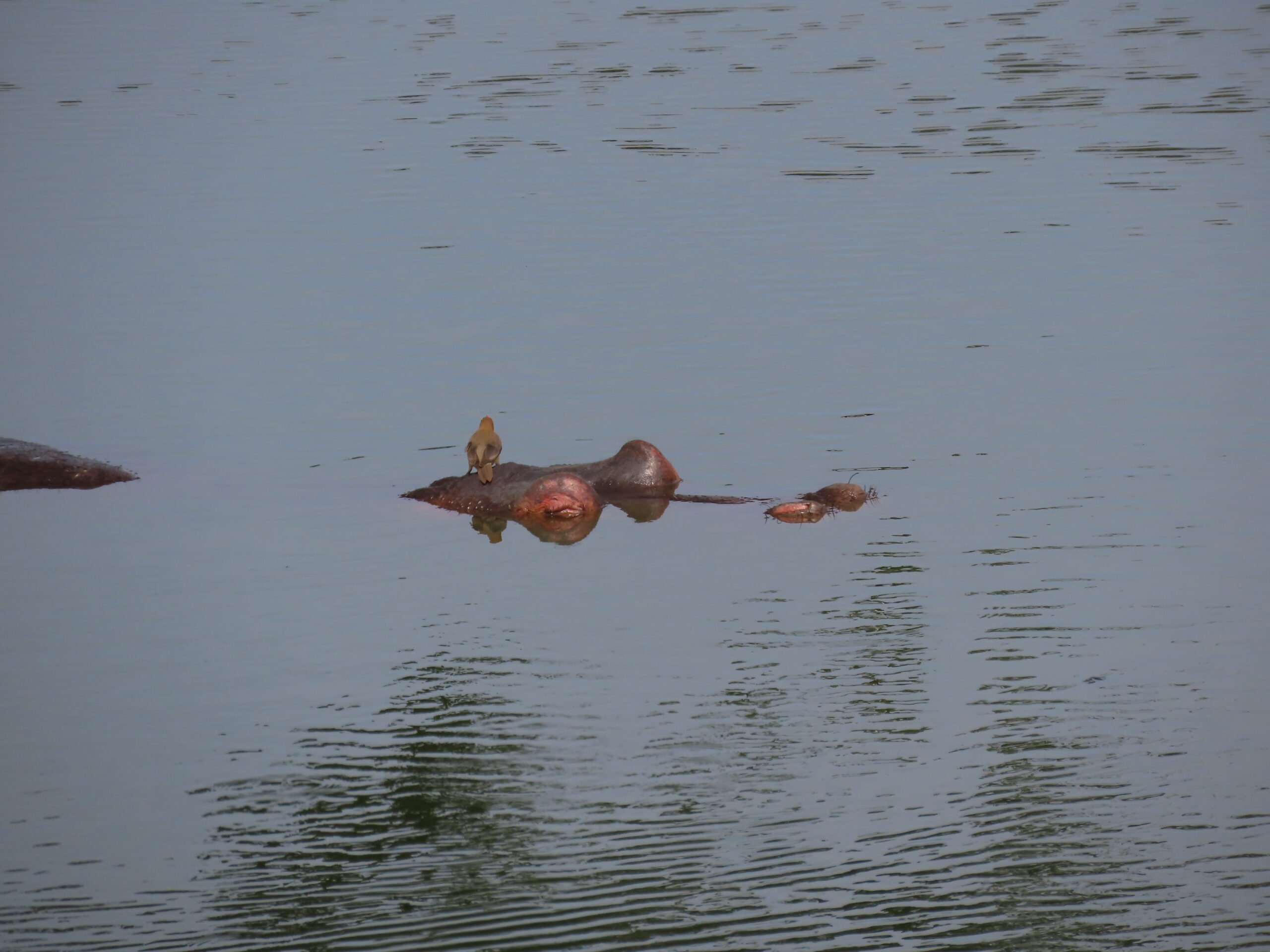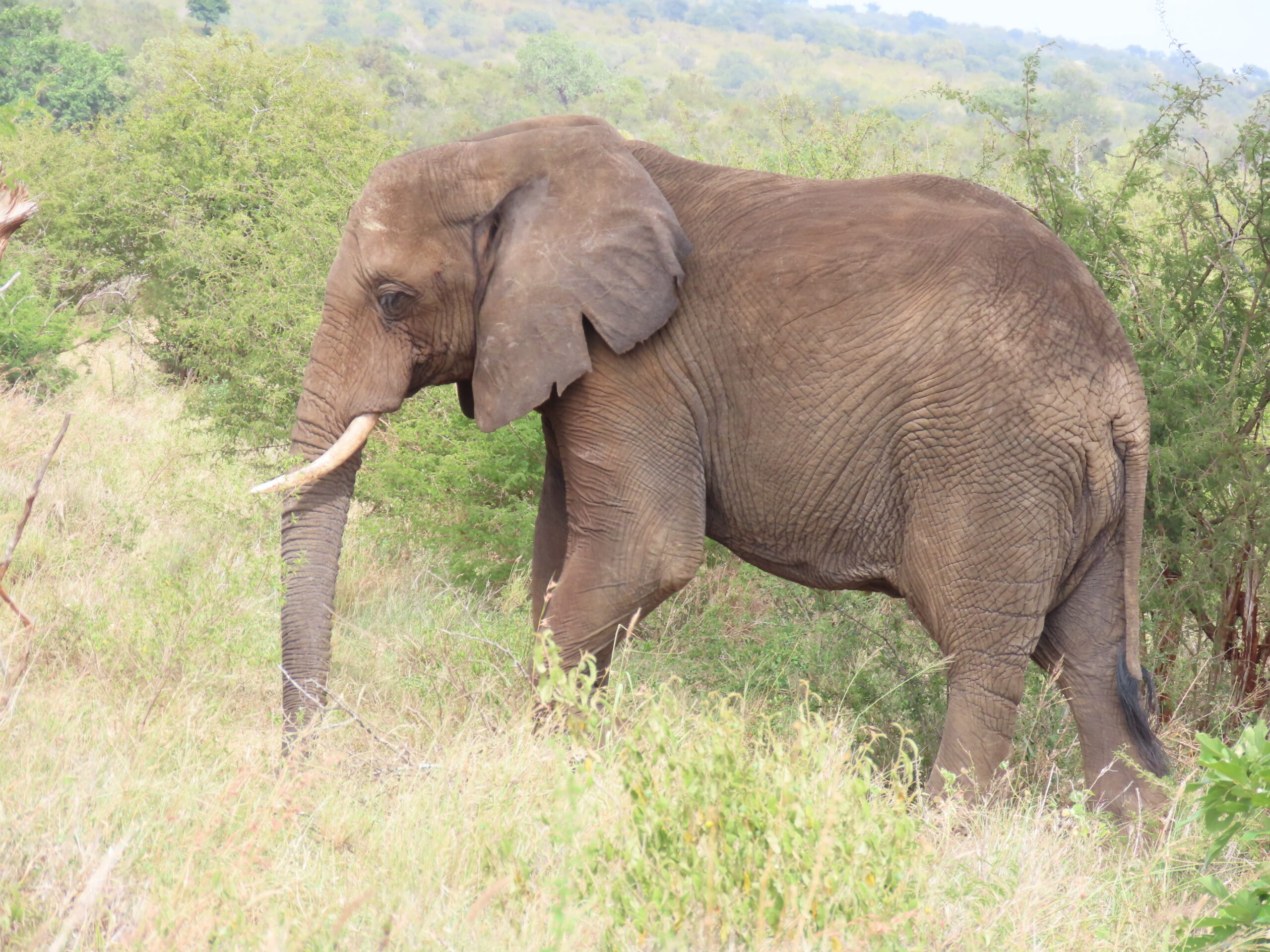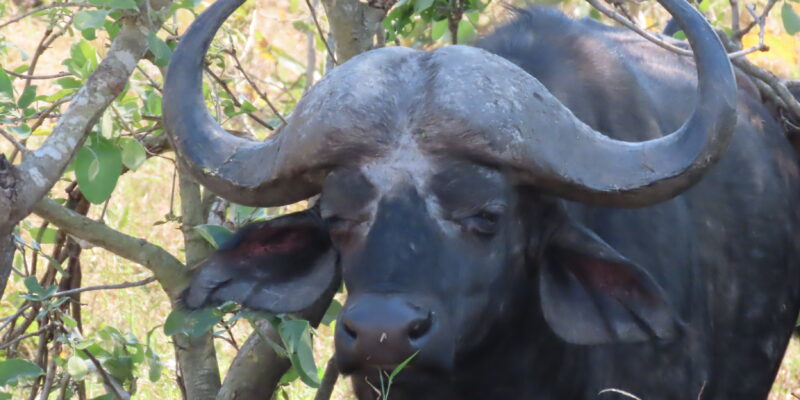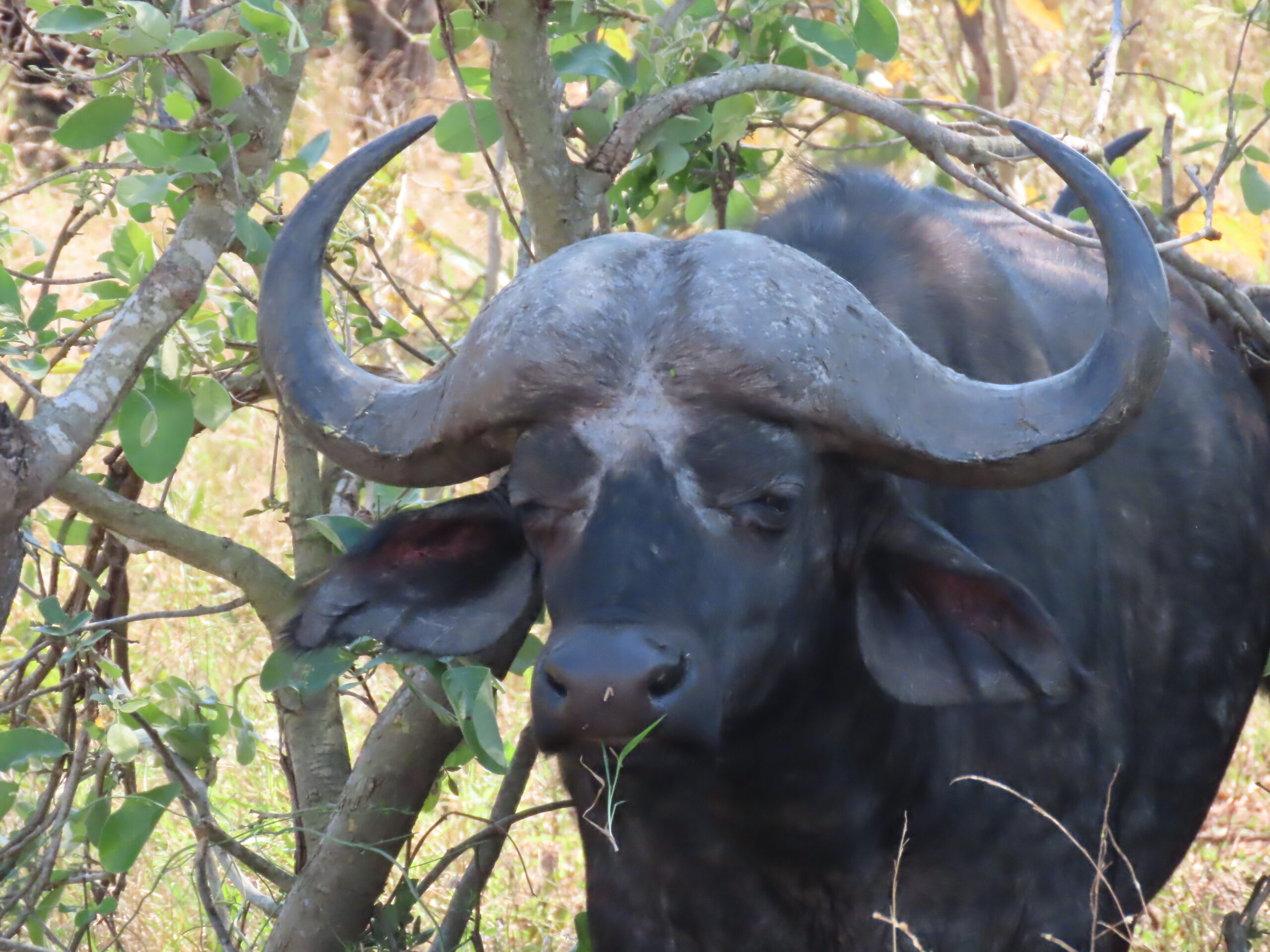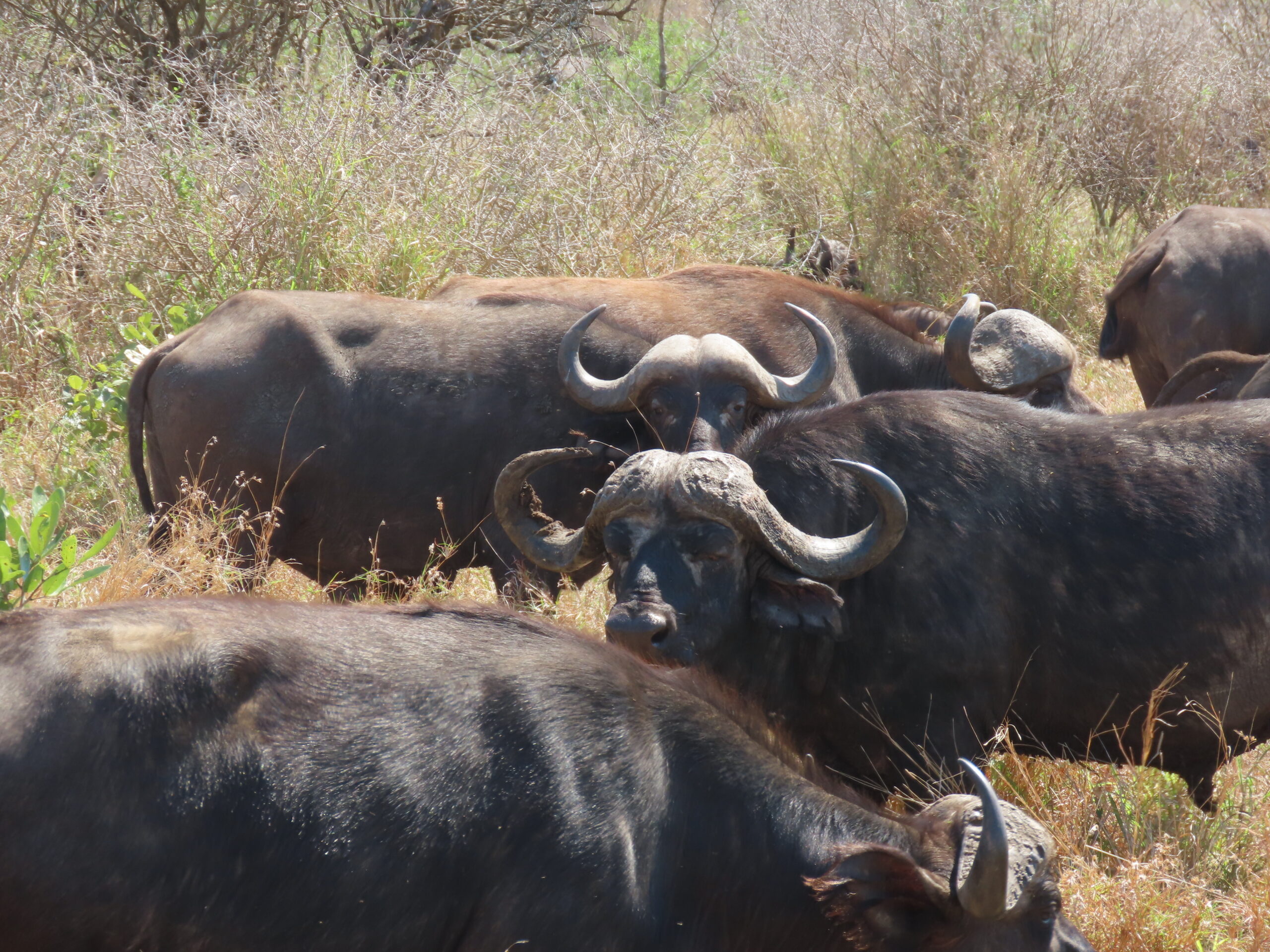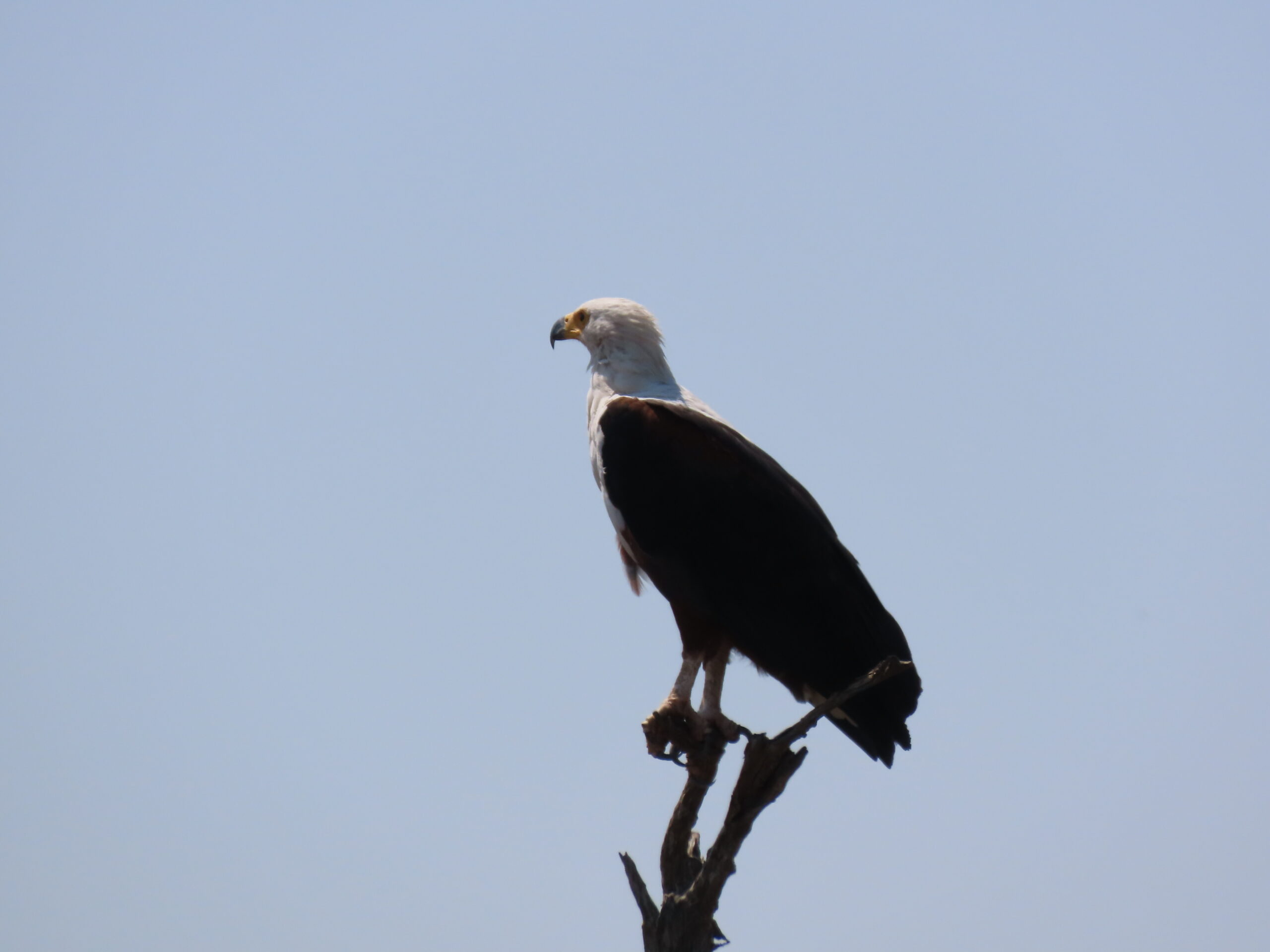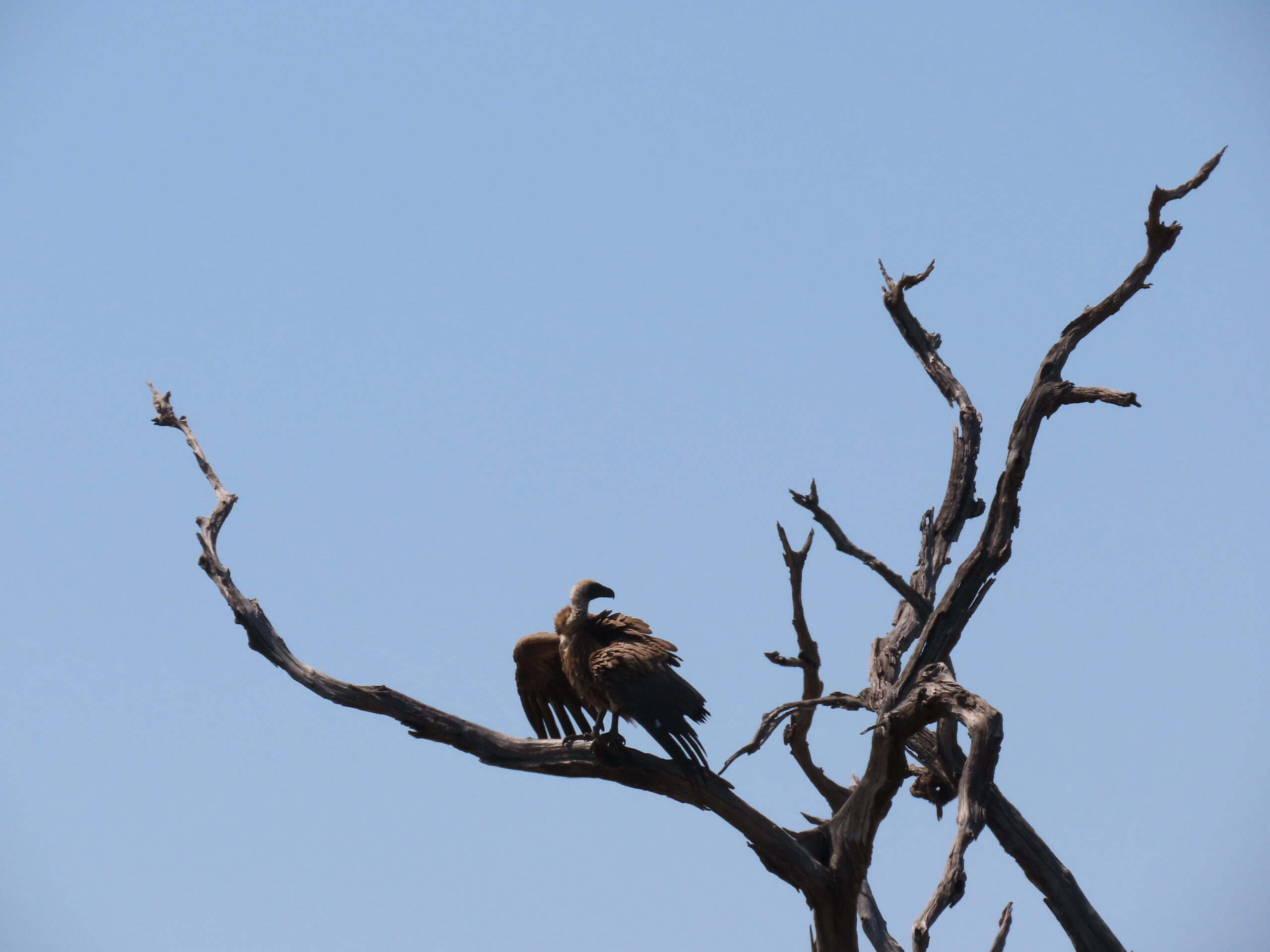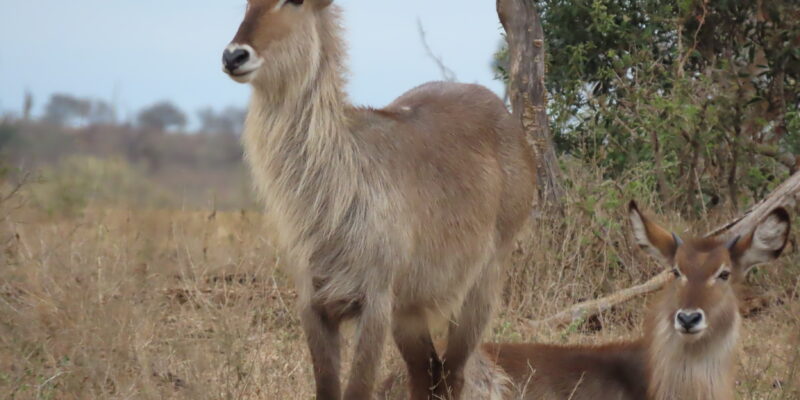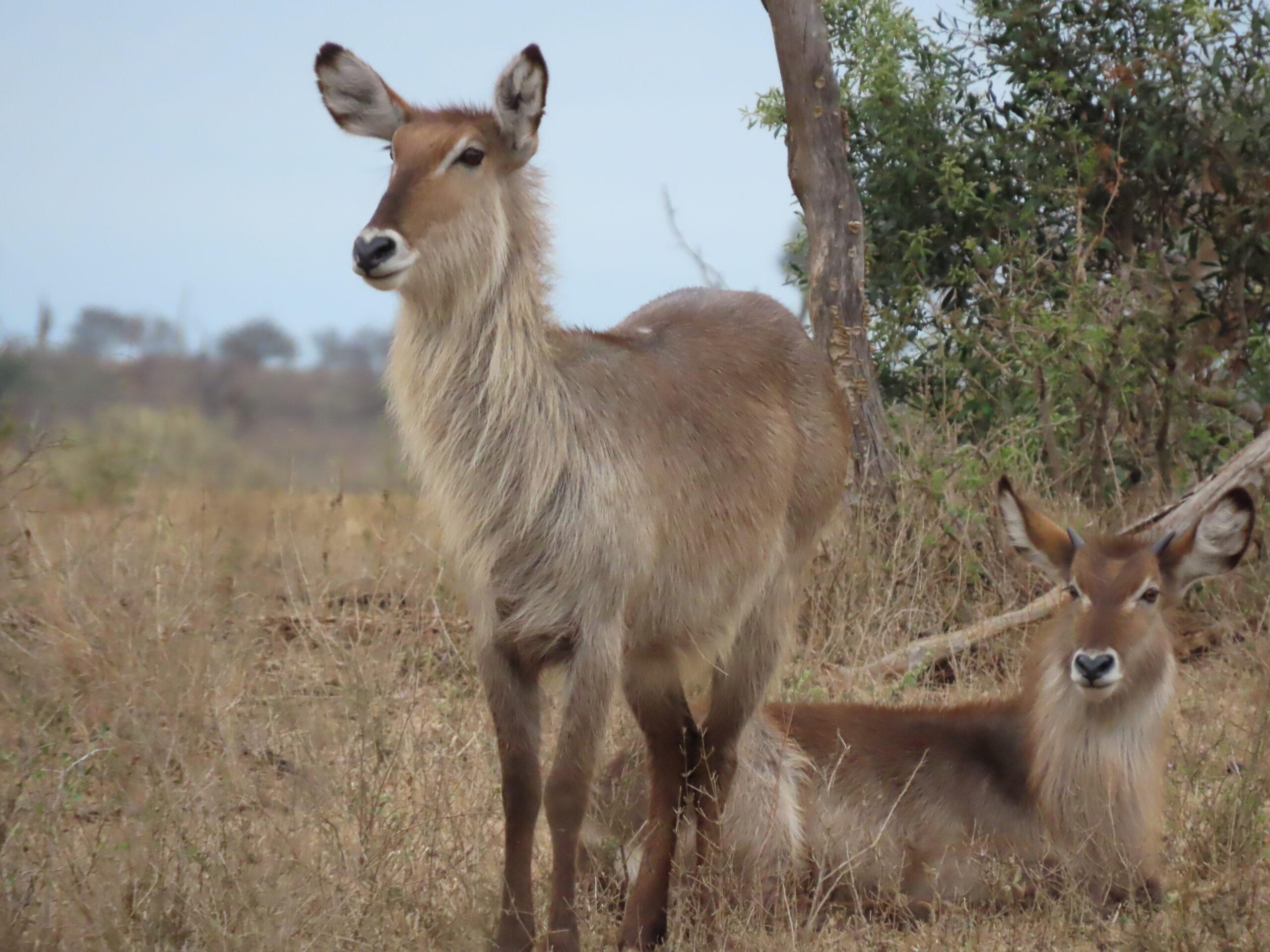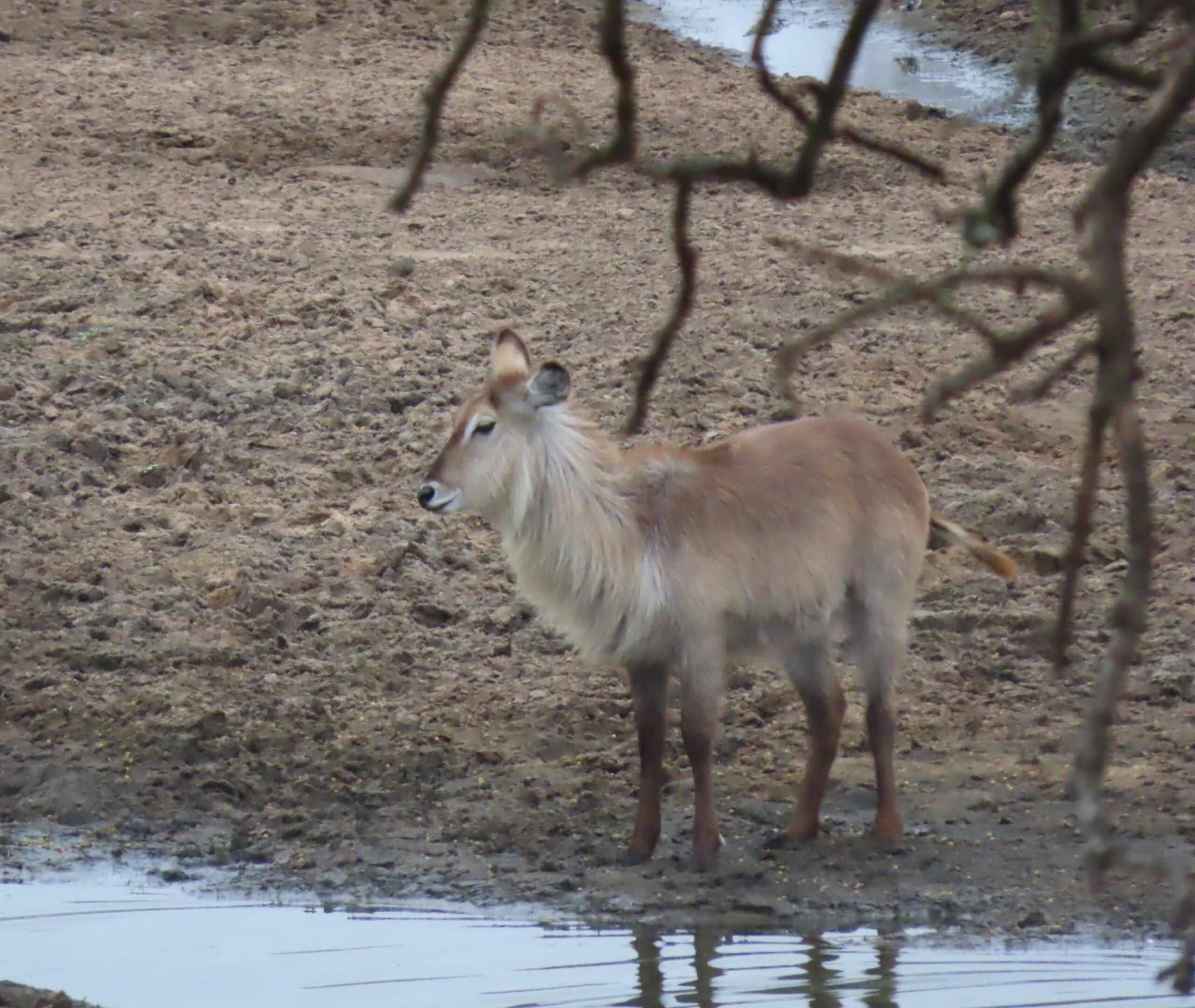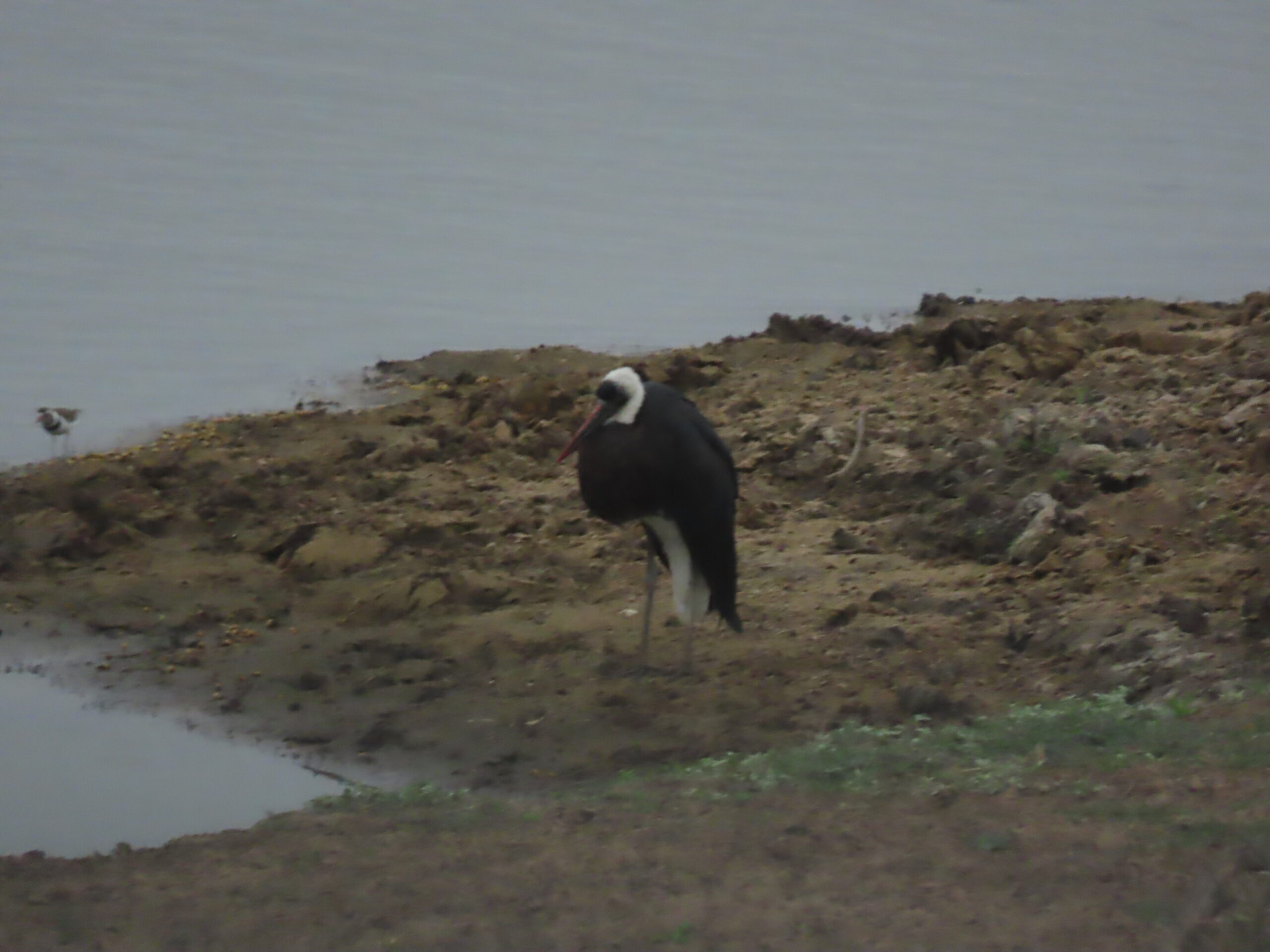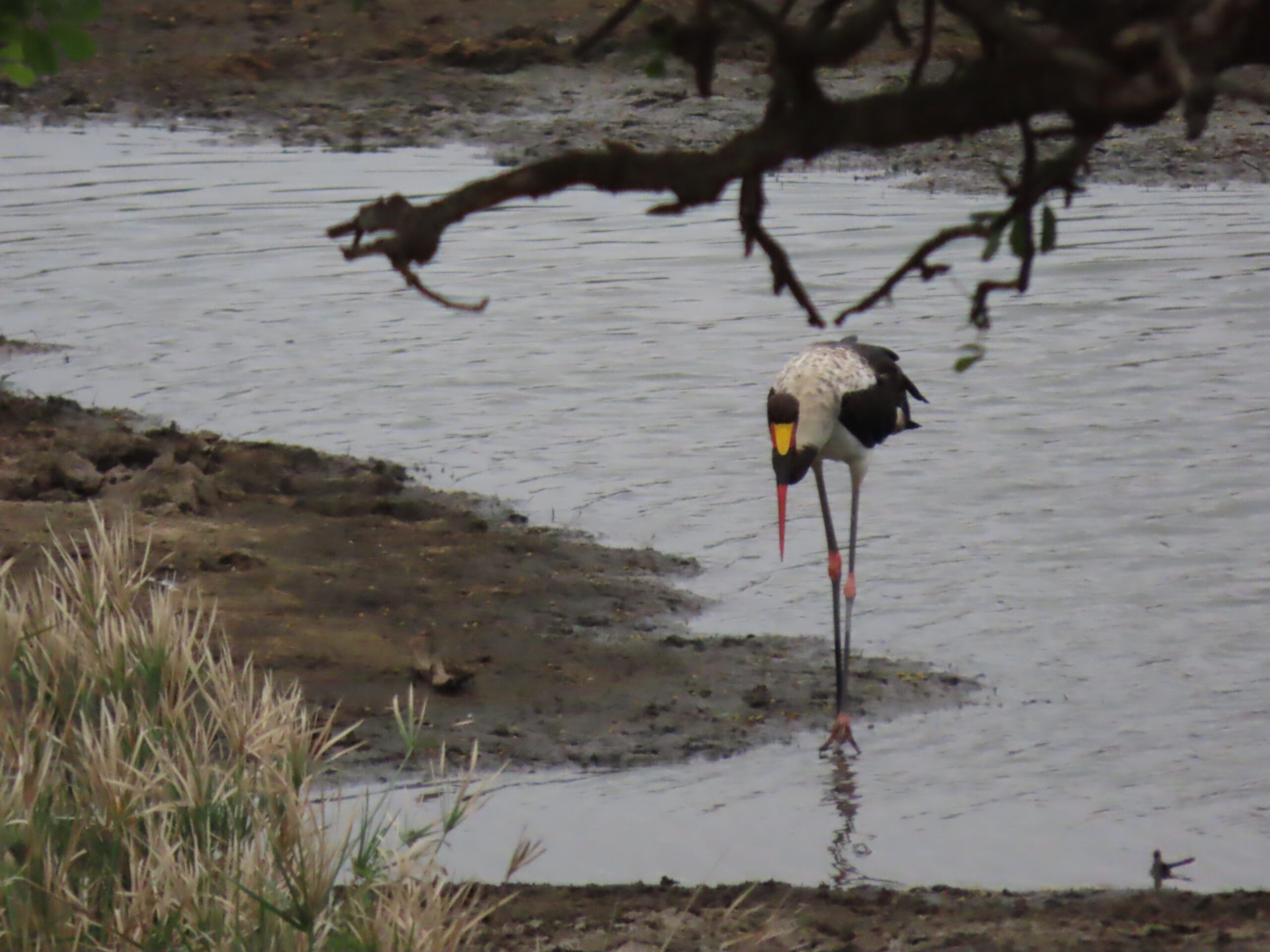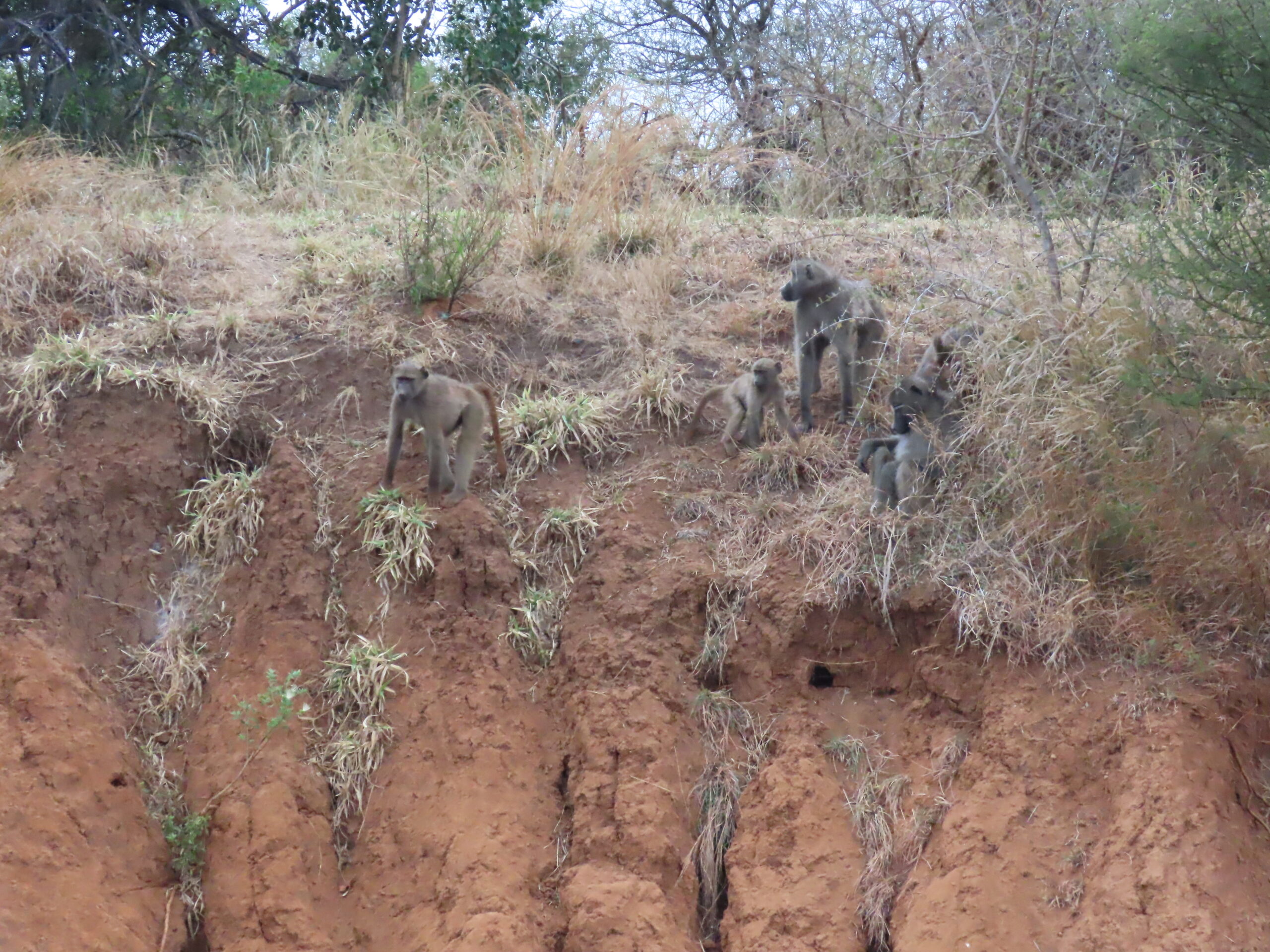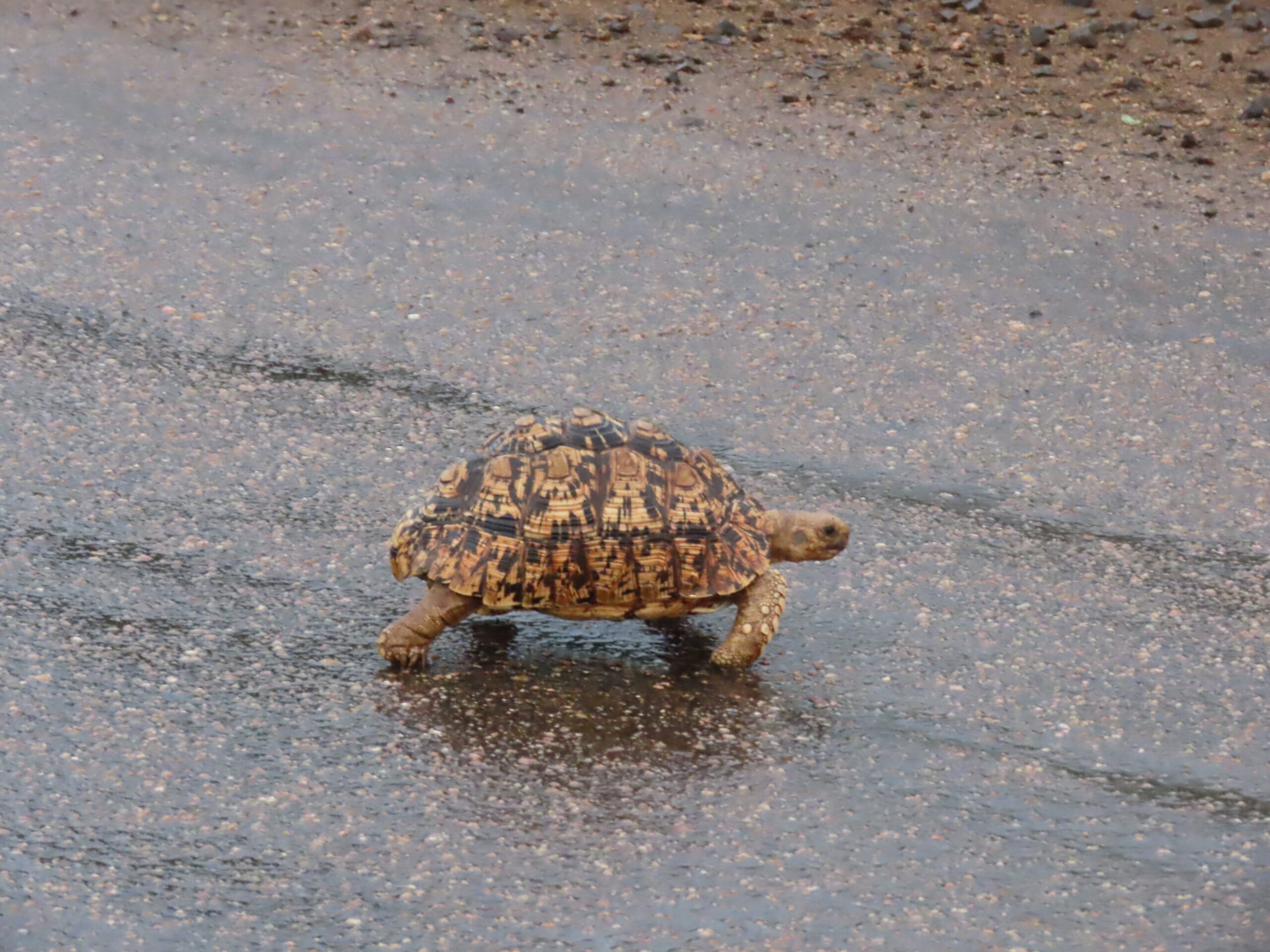
Today will be hot and humid, so it will be perfect for us to drive to Kruger National Park and enter at the Crocodile Bridge Gate, a mere 20 minutes from here. There, we can purchase a Wild Card that enables us to enter Kruger as often as we’d like rather than pay the one-time fee each time we enter.
When we post our Kruger photos tomorrow, we’ll explain how much we paid for the Wild Card and our potential savings by purchasing a one-year card. Of course, we’ll also include photos that we hope will be good, but one never knows. At times, we’ve spent a whole day in the park and only seen a few warthogs, zebras, and wildebeest at a distance.

Hopefully, today on our self-drive safari, we’ll have “safari luck” and encounter some gems. Even sighting a few elephants makes the drive exciting.
With all of tonight’s dinner prep completed, it will be easy to put the meal together even if we don’t return until close to dinner time. Most times we enter the park, we return within six to eight hours, anxious to upload our photos and see them more clearly on the laptop than on the camera.
The camera battery died because we didn’t know we were going to Kruger today. I am charging it now, and we’ll head out the door once it’s fully charged.
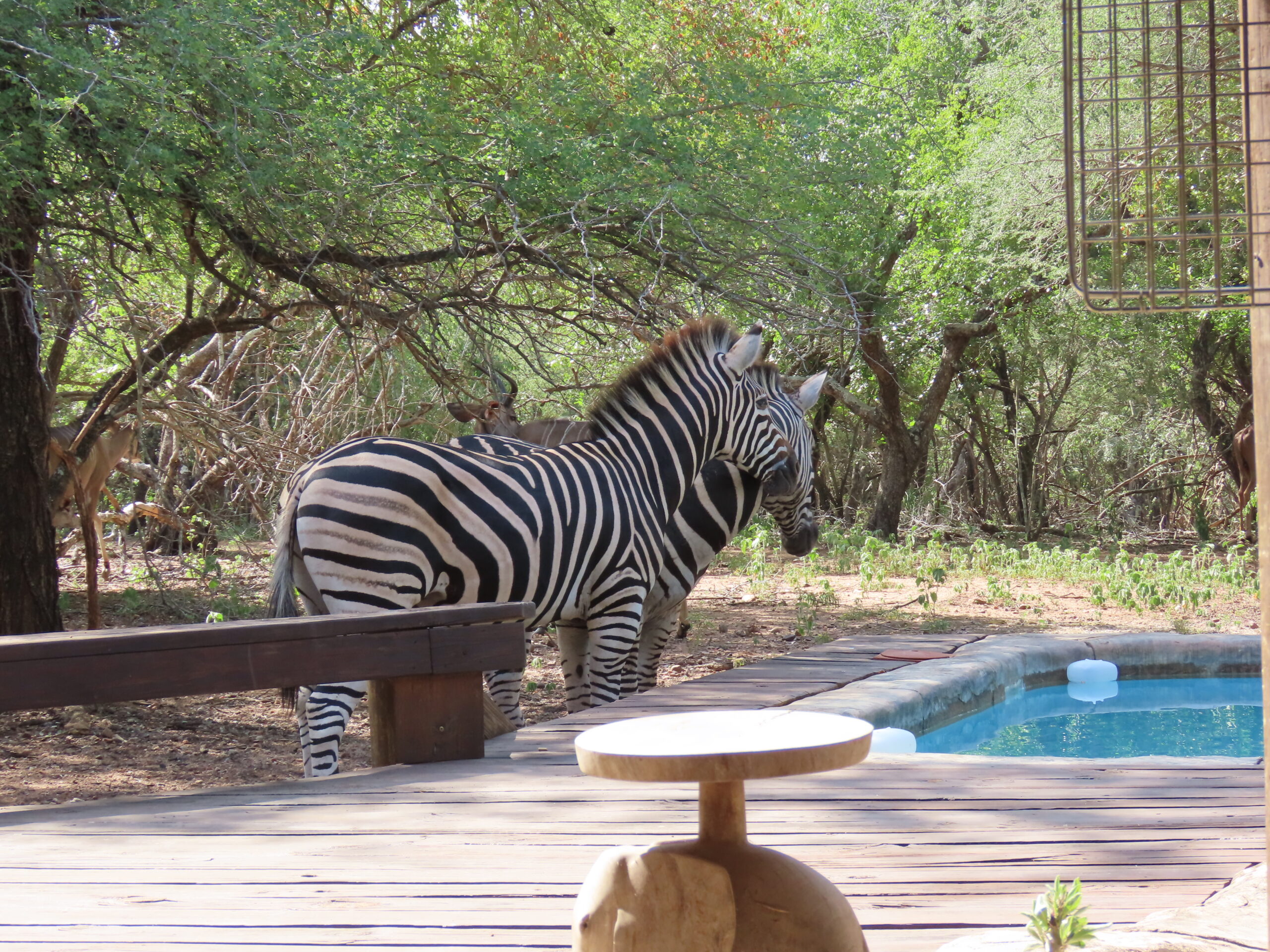
We won’t have lunch at the Mugg & Bean in Lower Sabie this time. We are both trying to lose weight, and most of their offerings are unsuitable for our diet. Once back at the house, we have a perfect keto meal prepped for dinner. But we will stop at the Mugg & Bean since it’s a good spot for photos of wildlife on the Sabie River.
I’m cutting this short today so we can be on our way. But, we’ll be back with more tomorrow, hopefully with exciting photos.
Be well.
Photo from ten years ago today, March 10, 2015:
|
|




